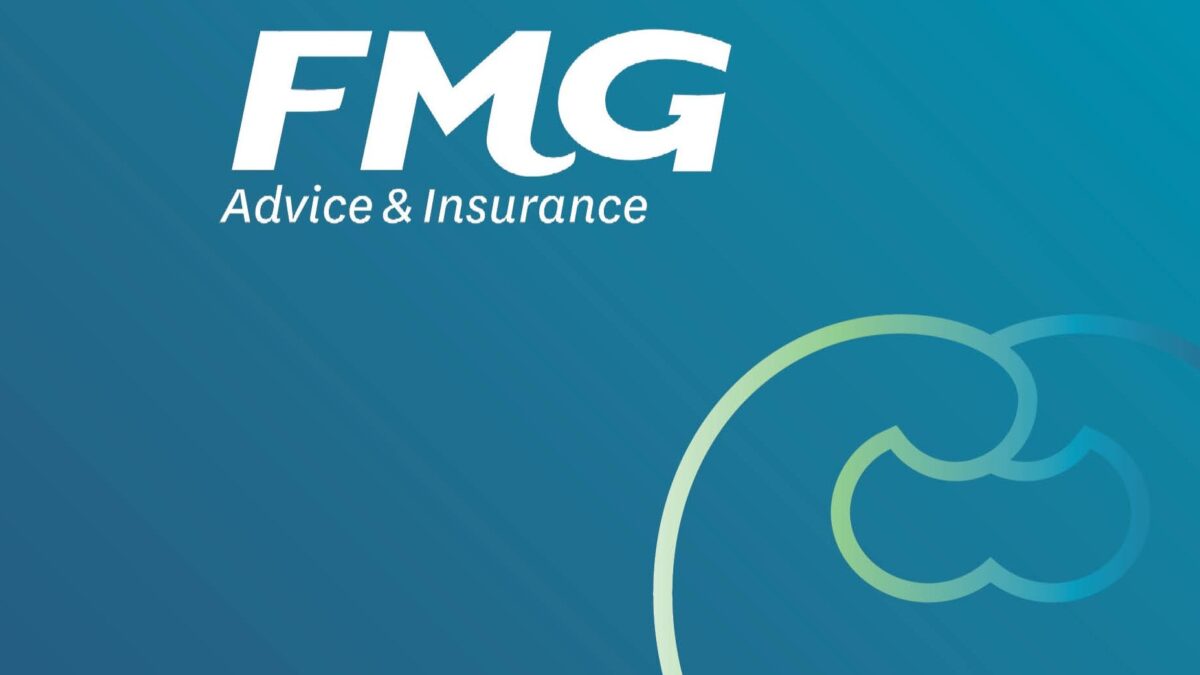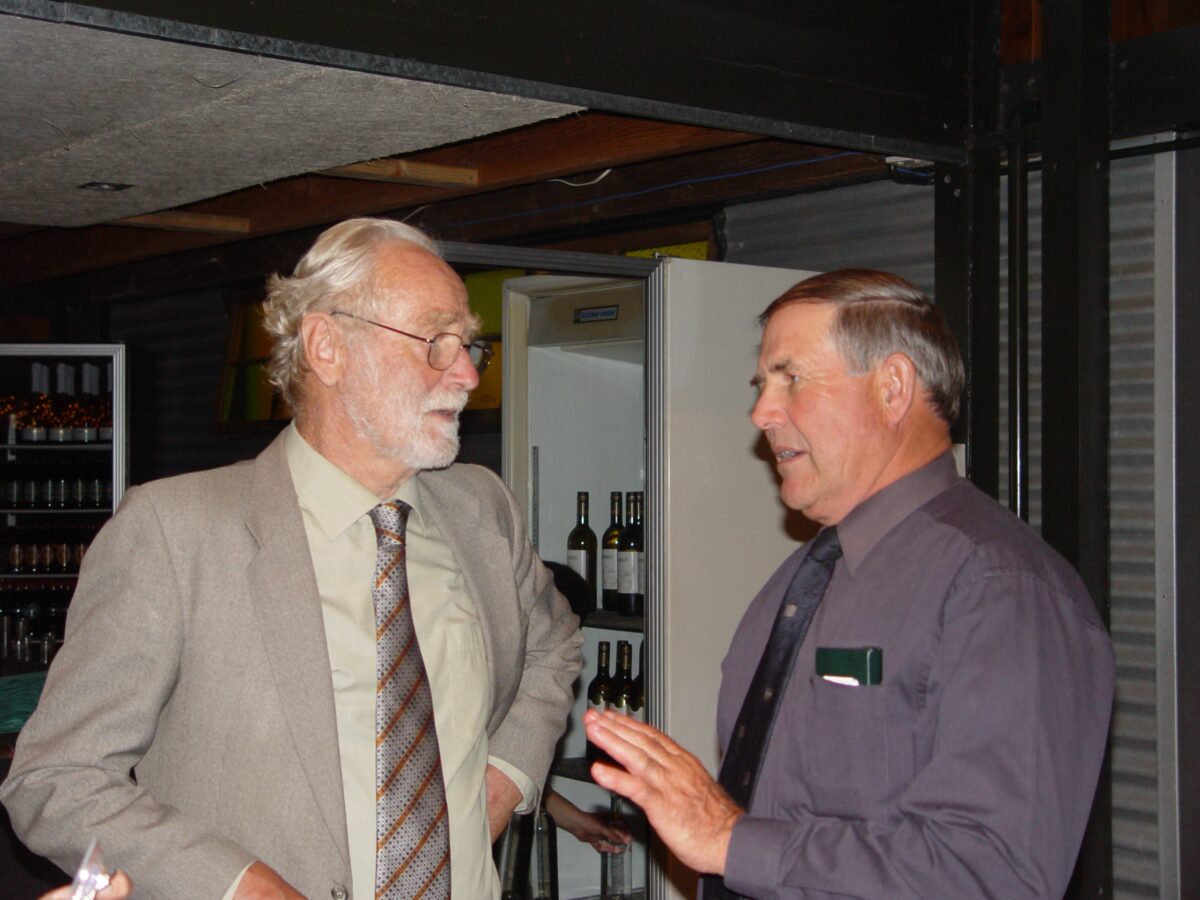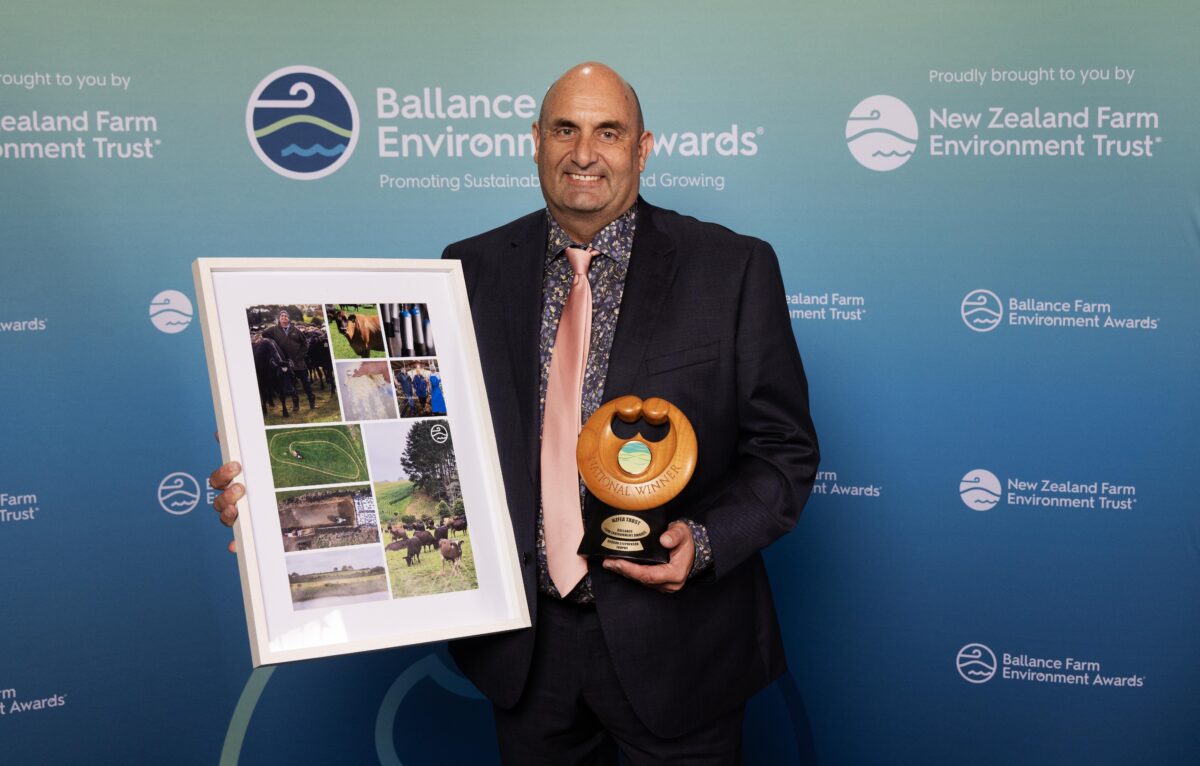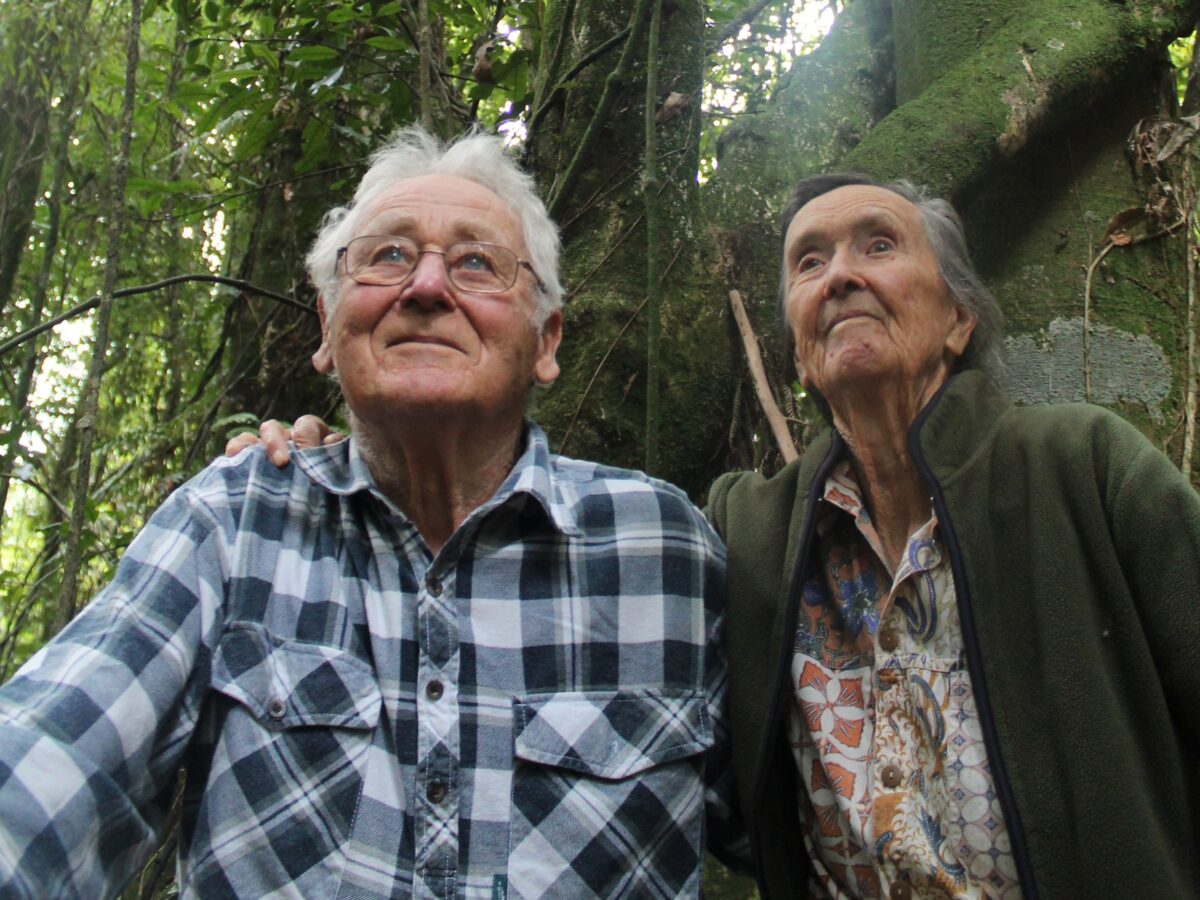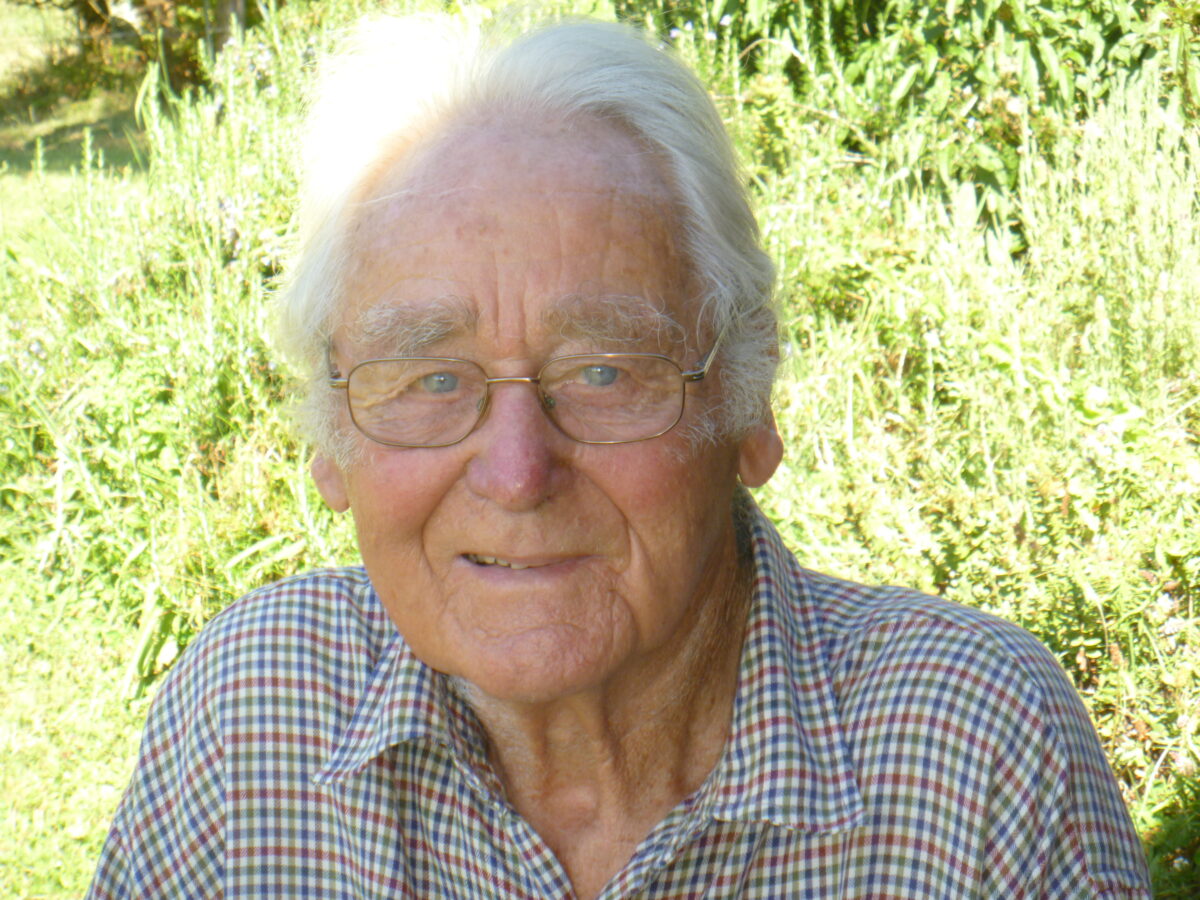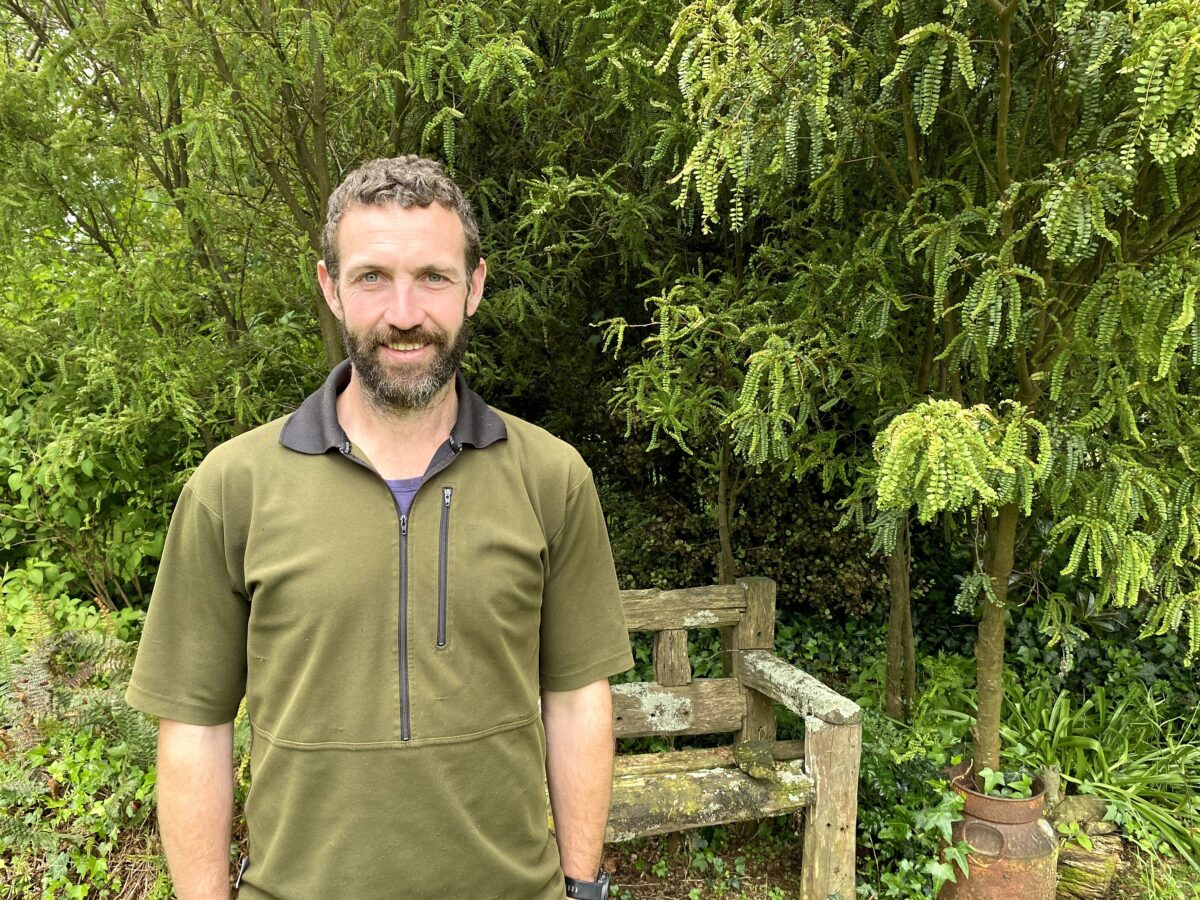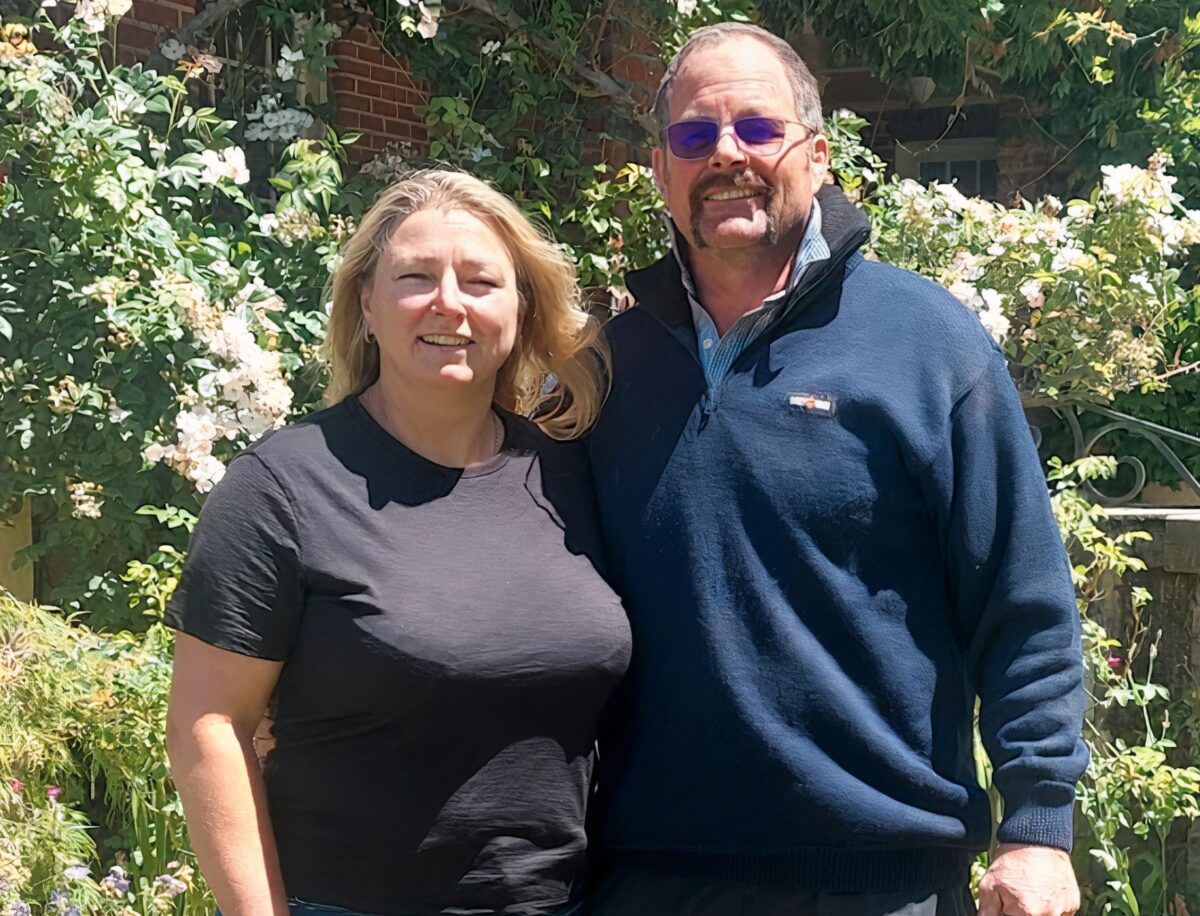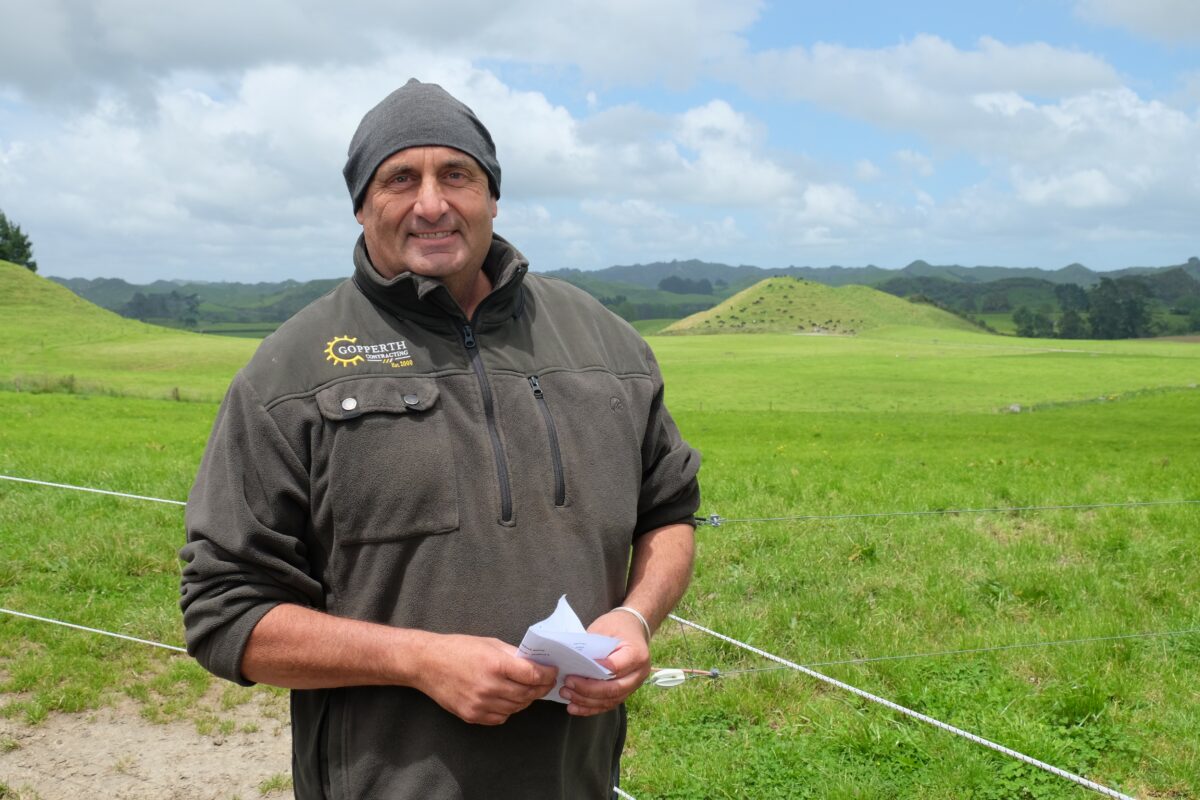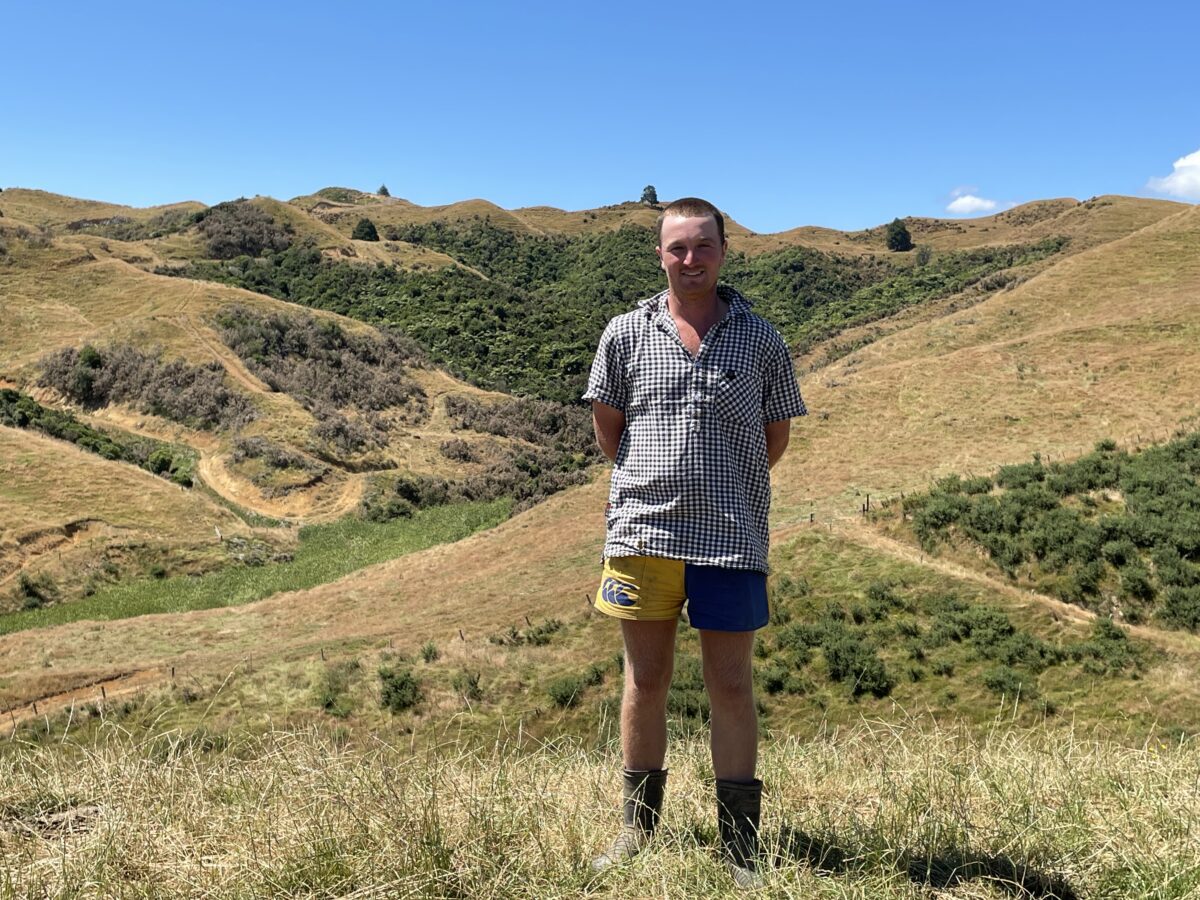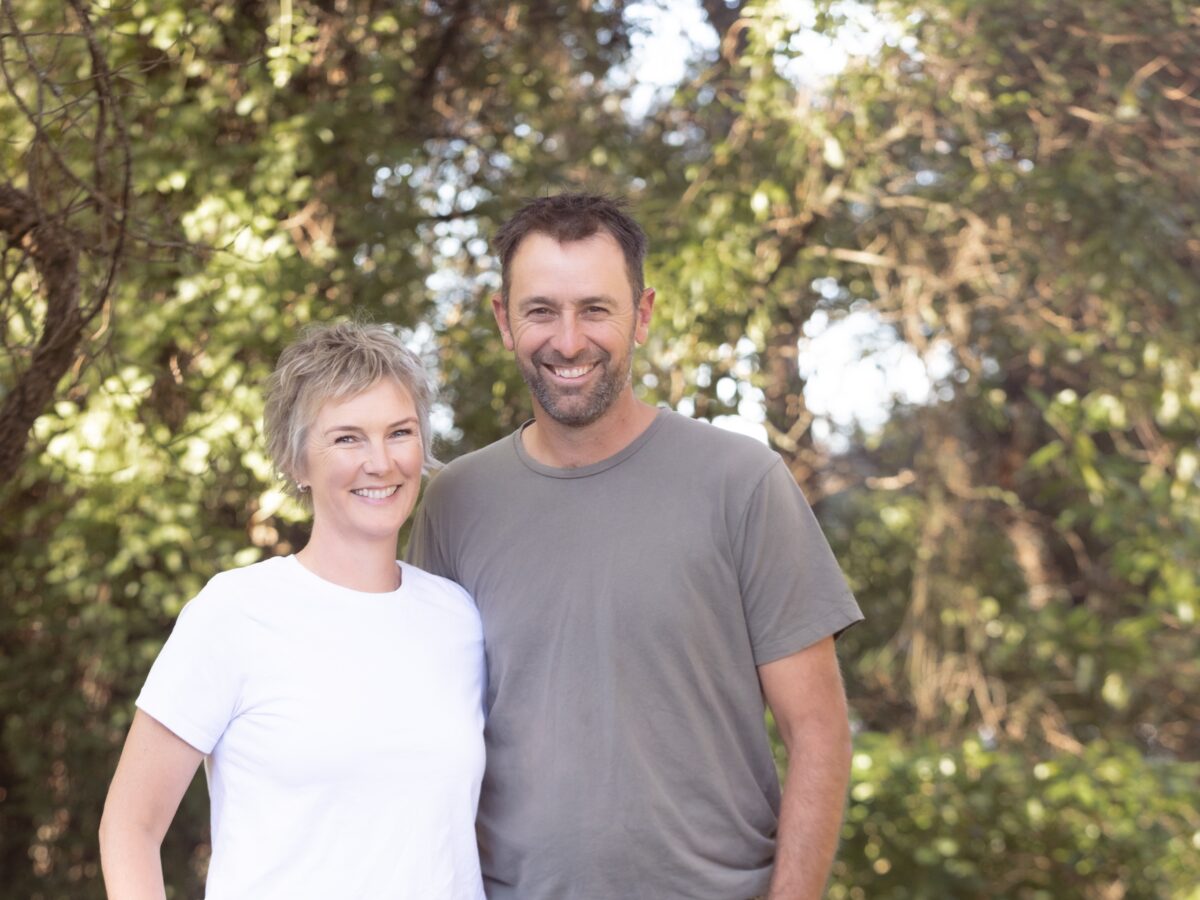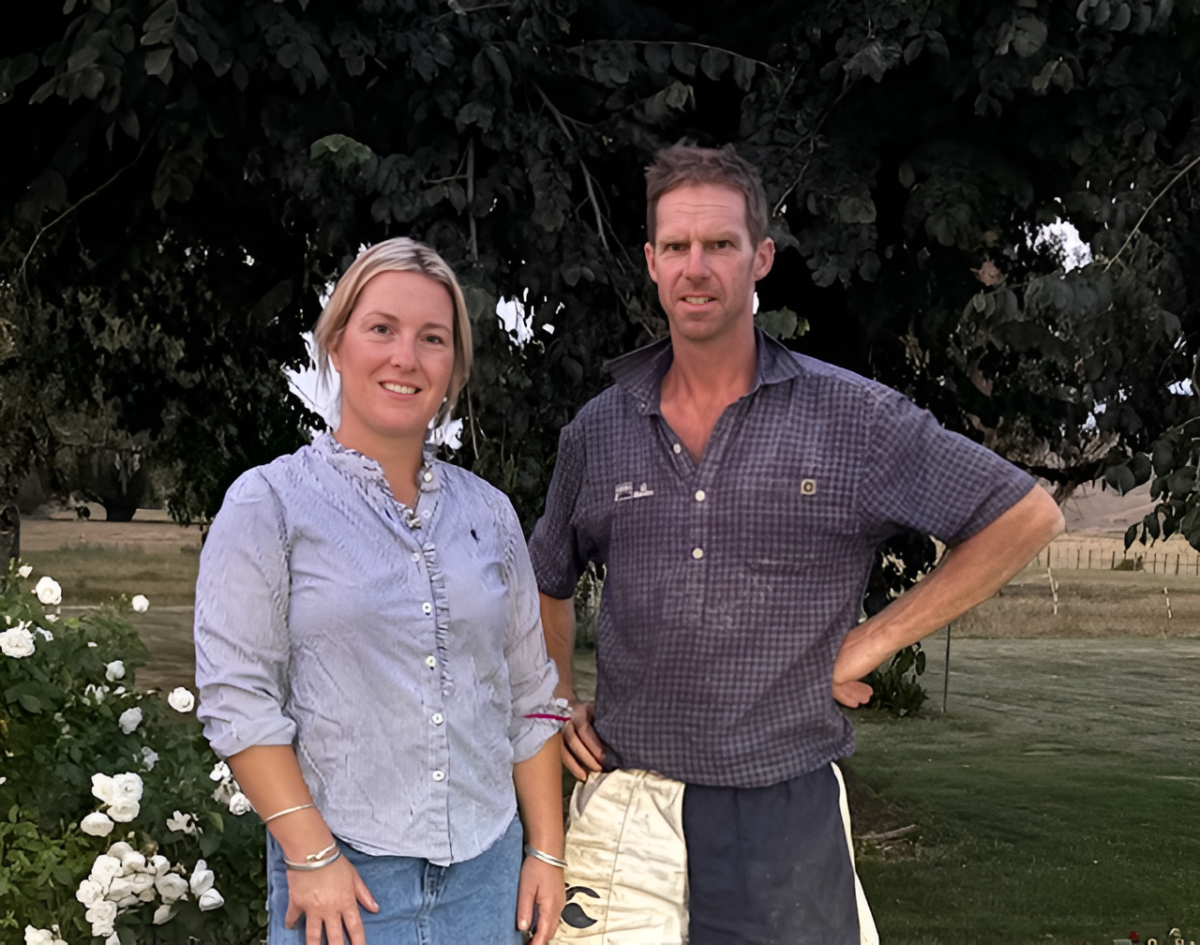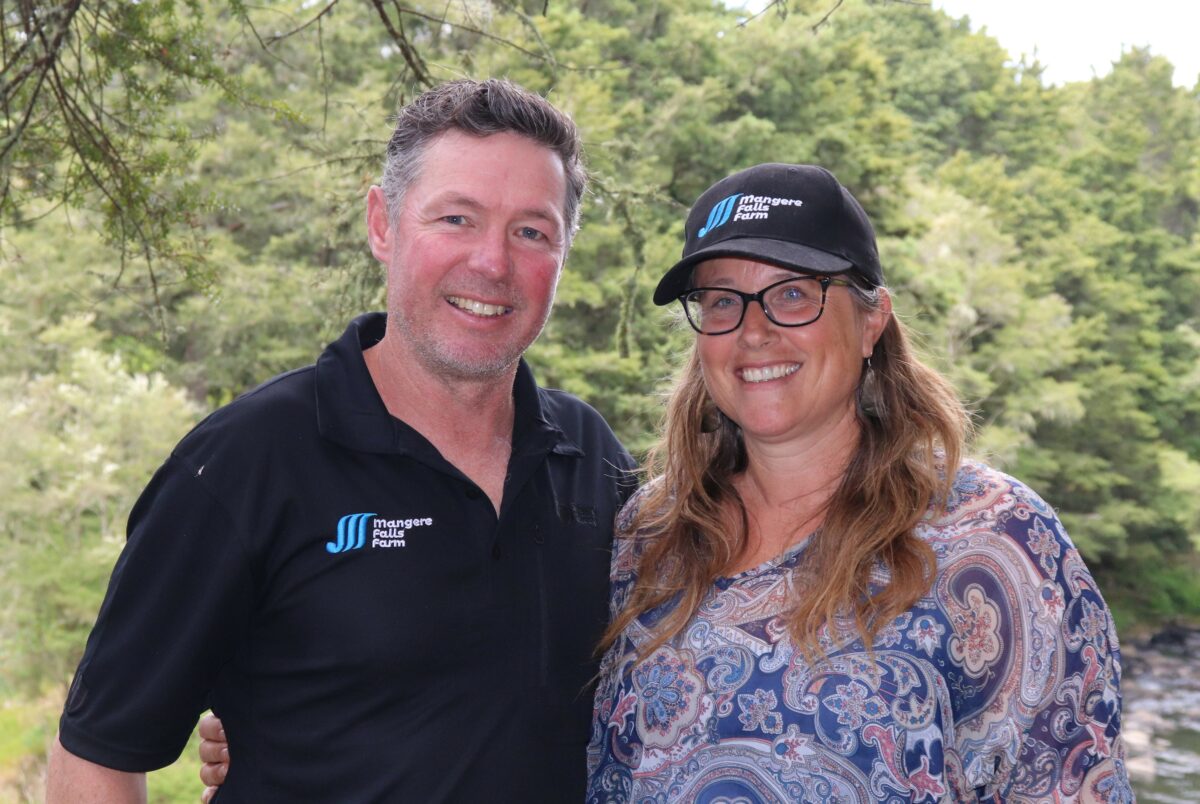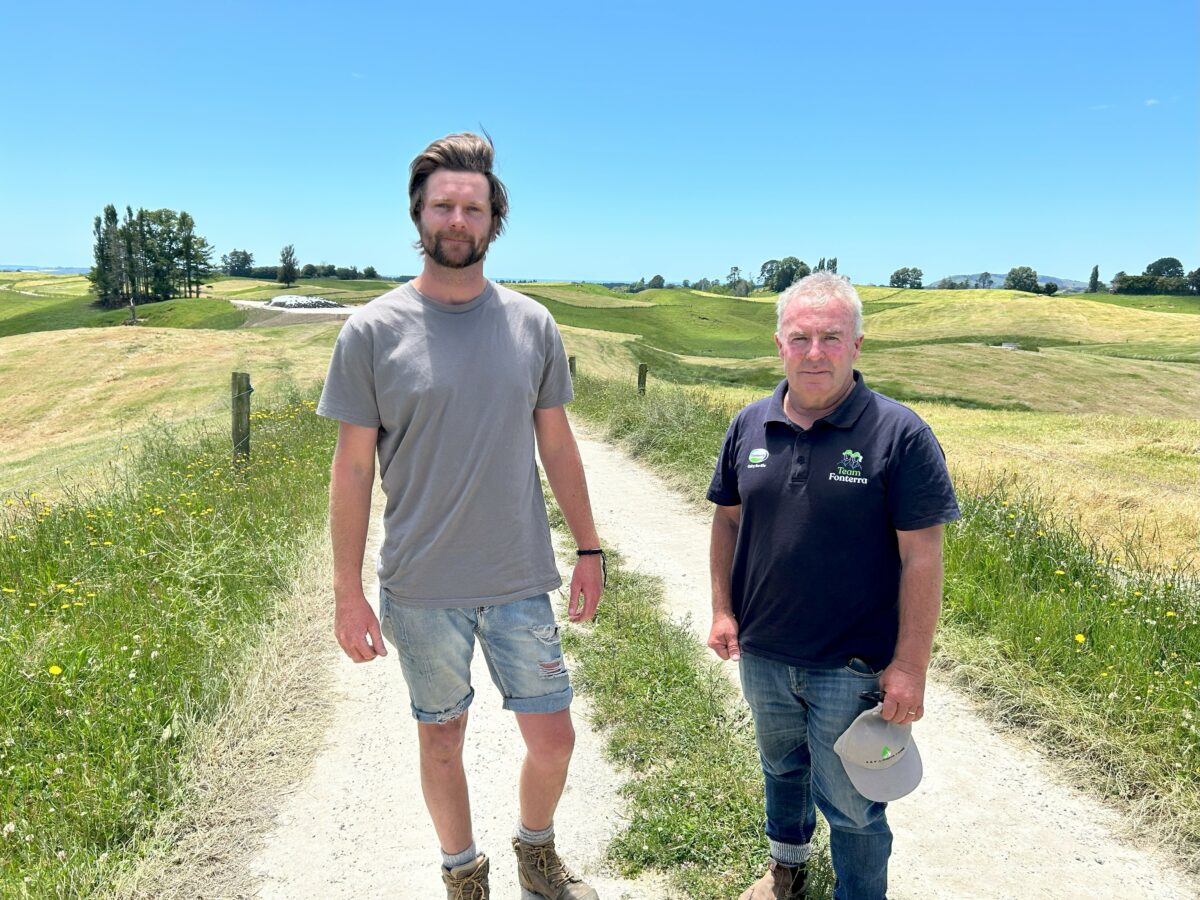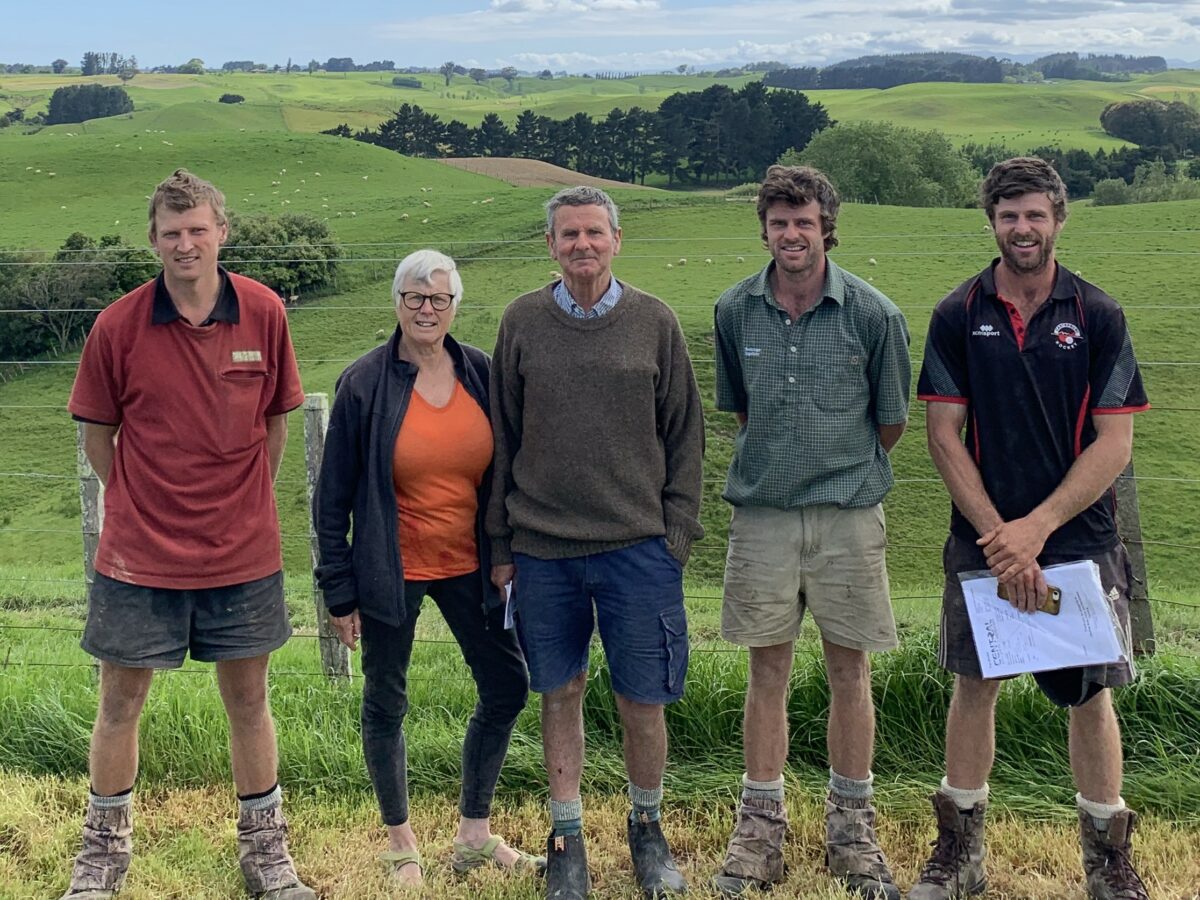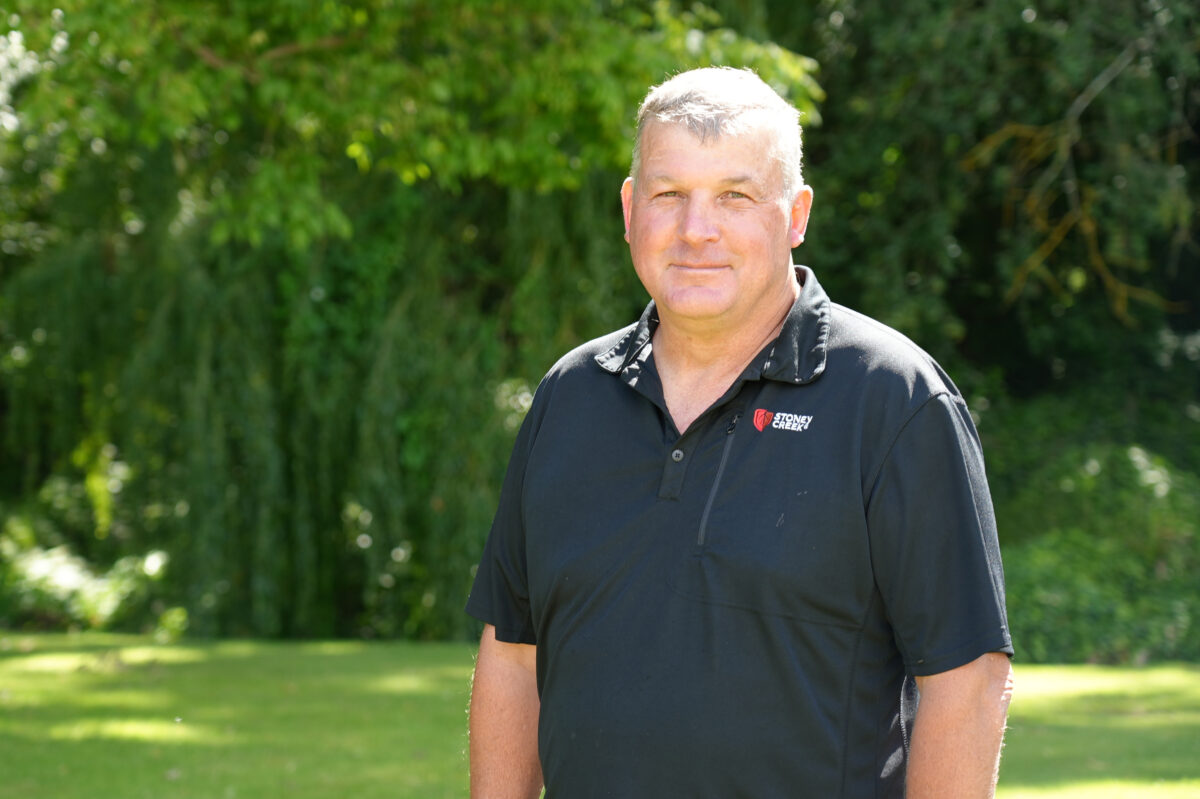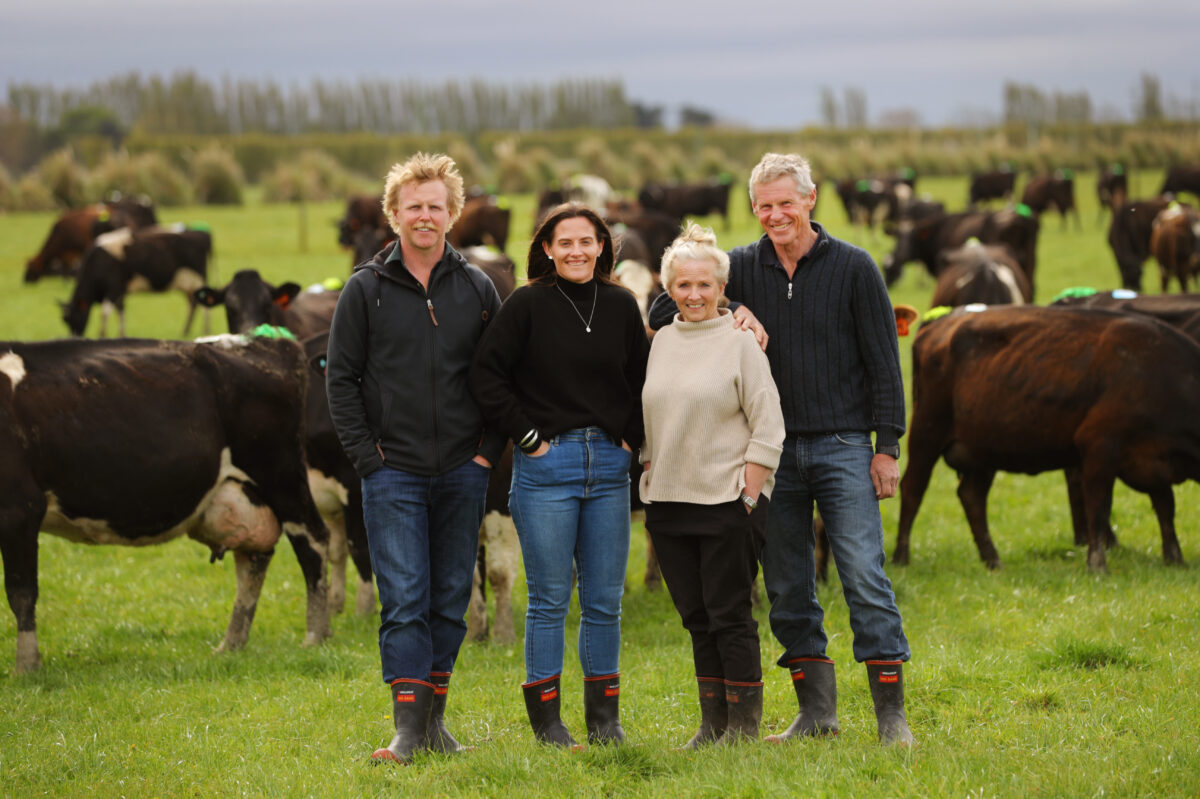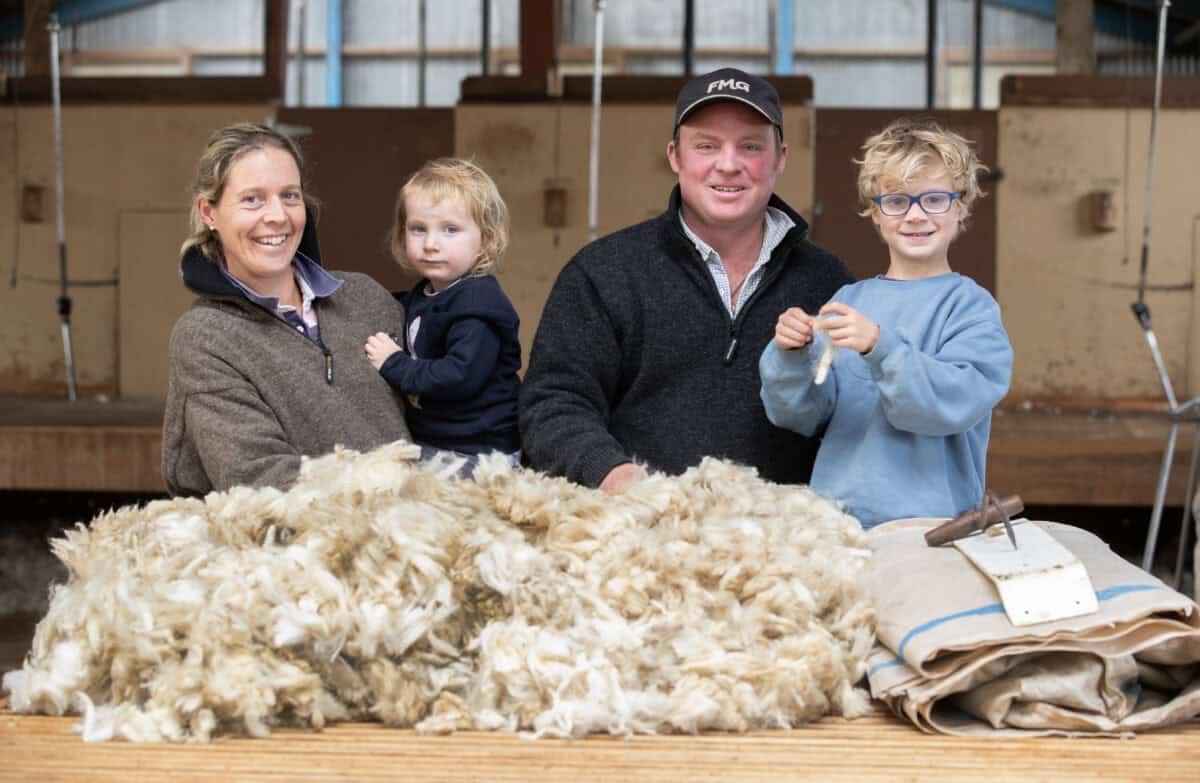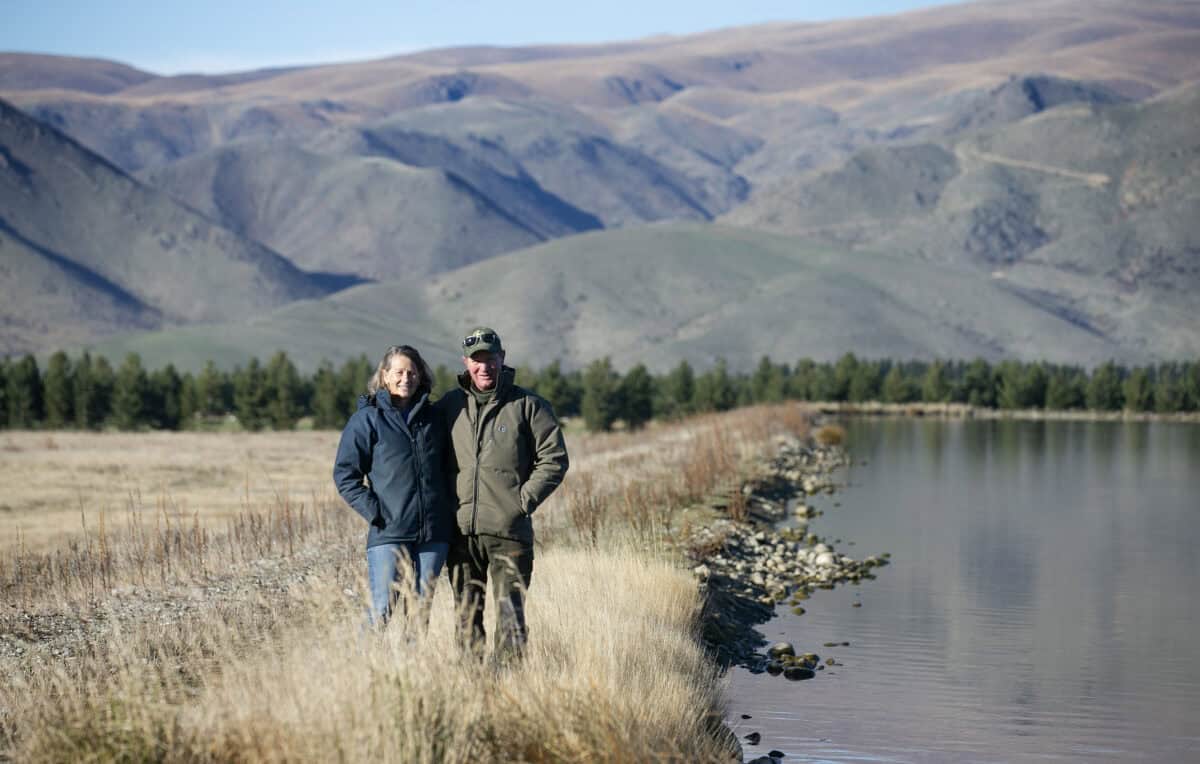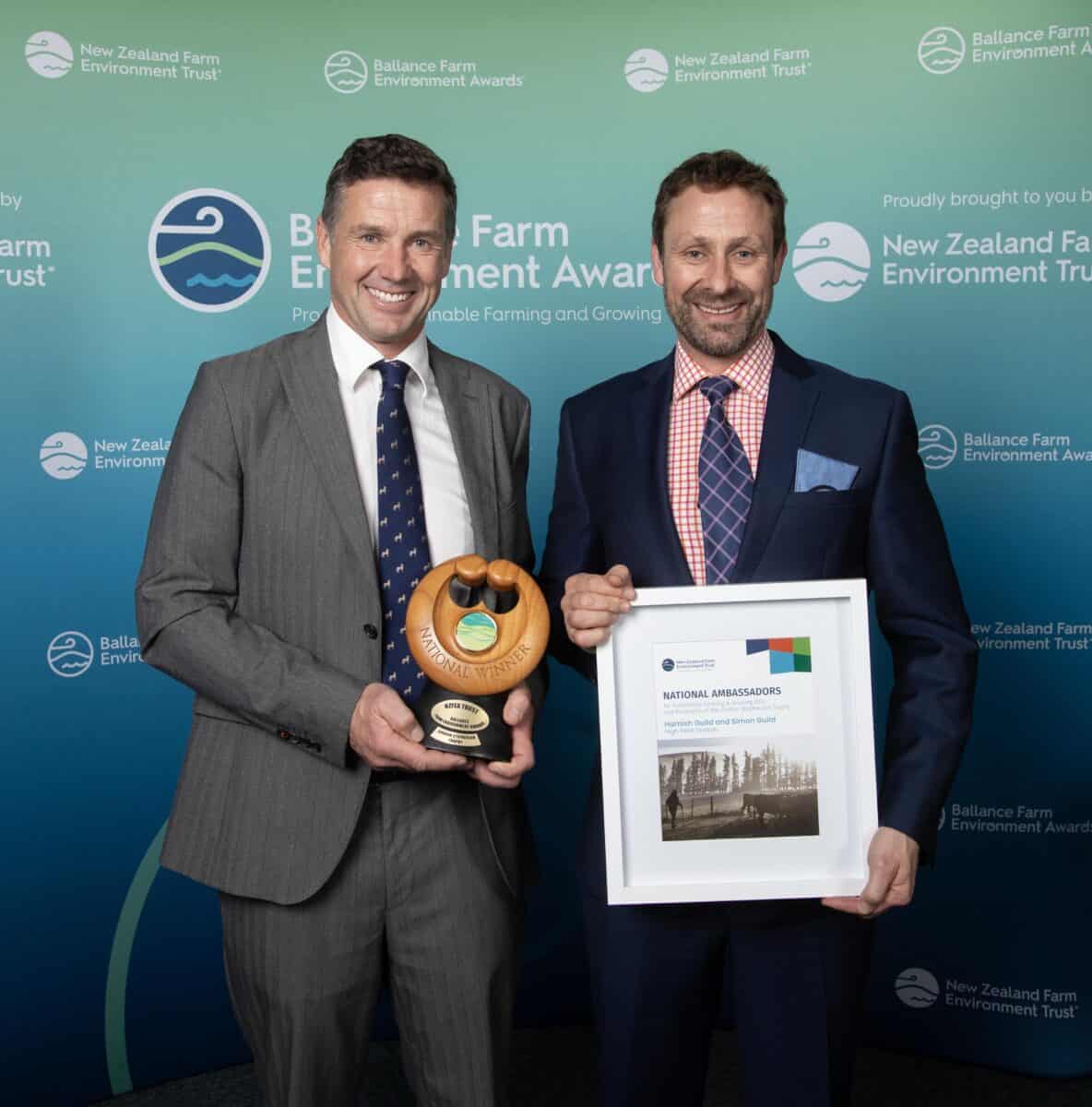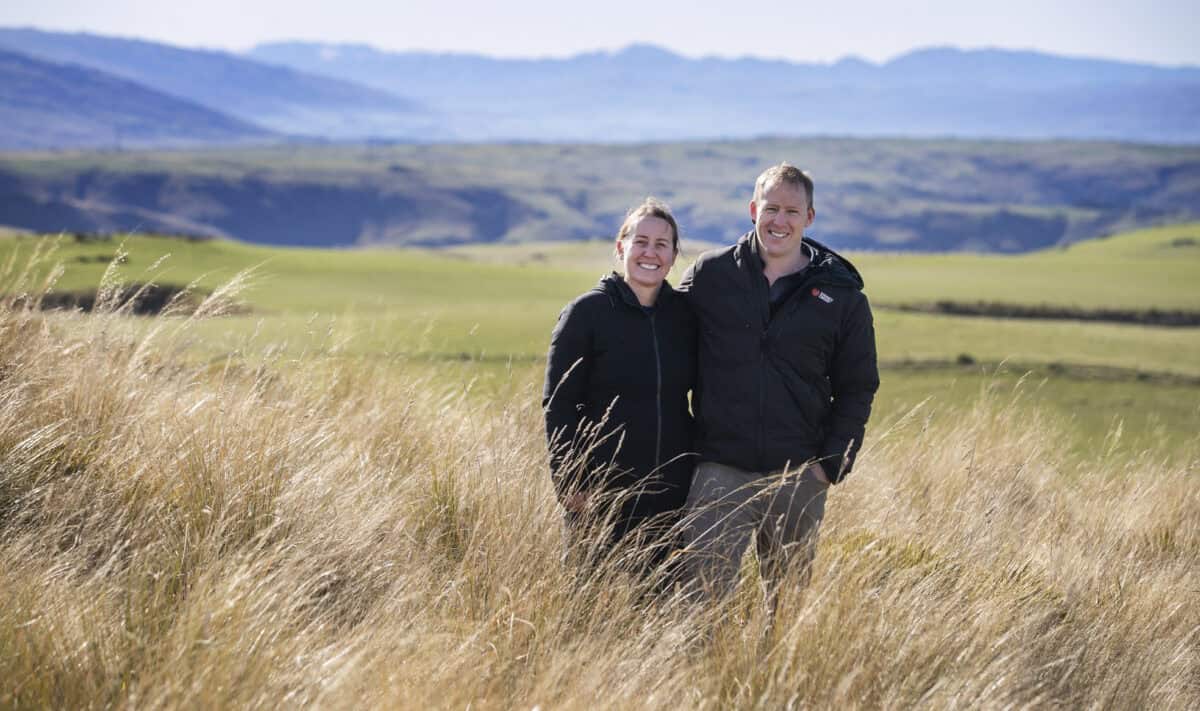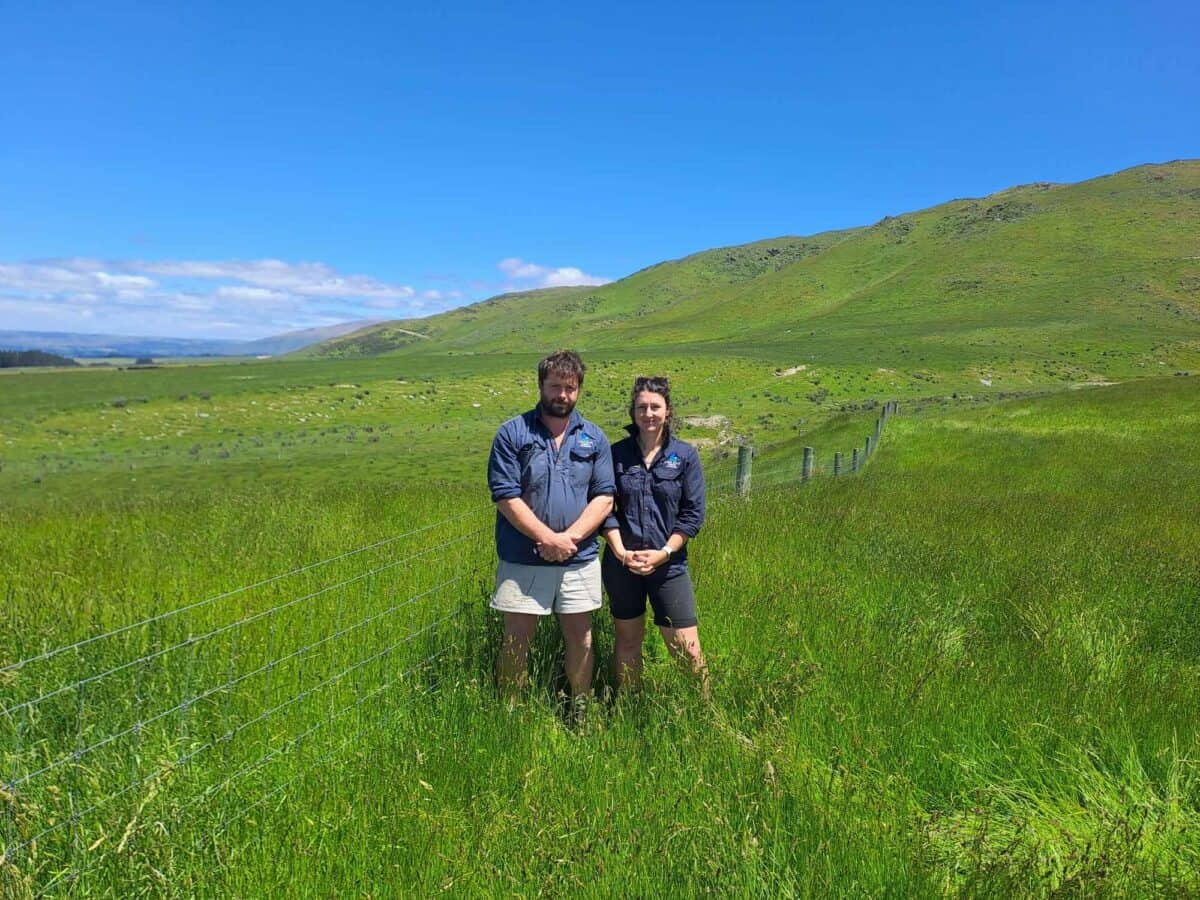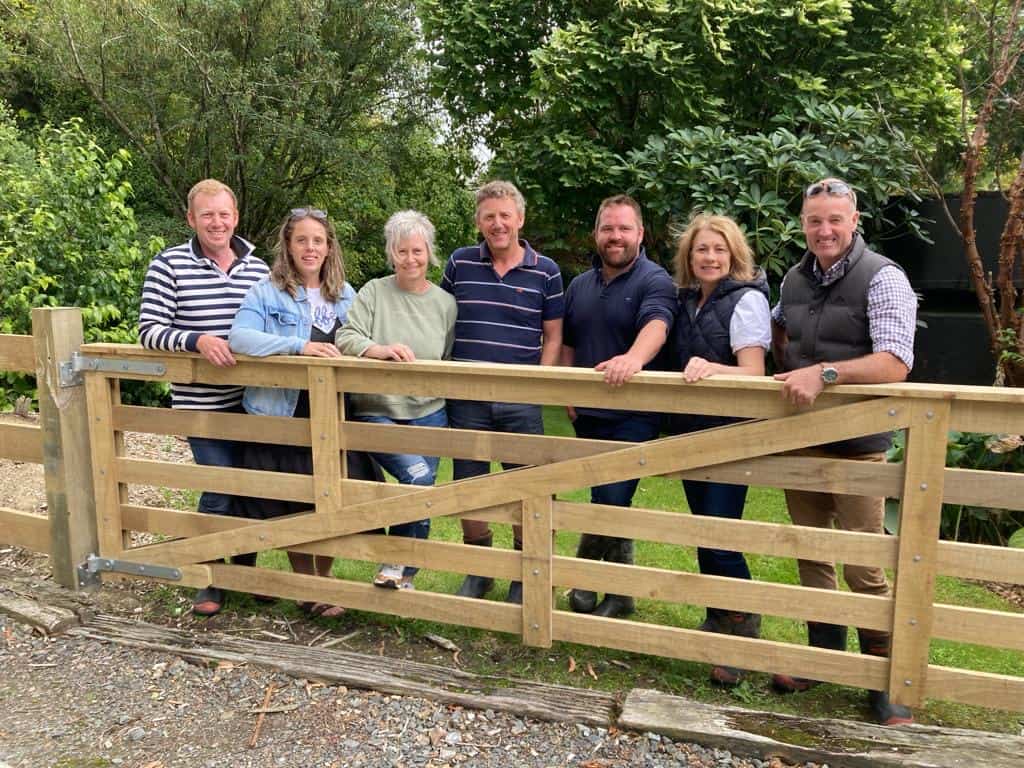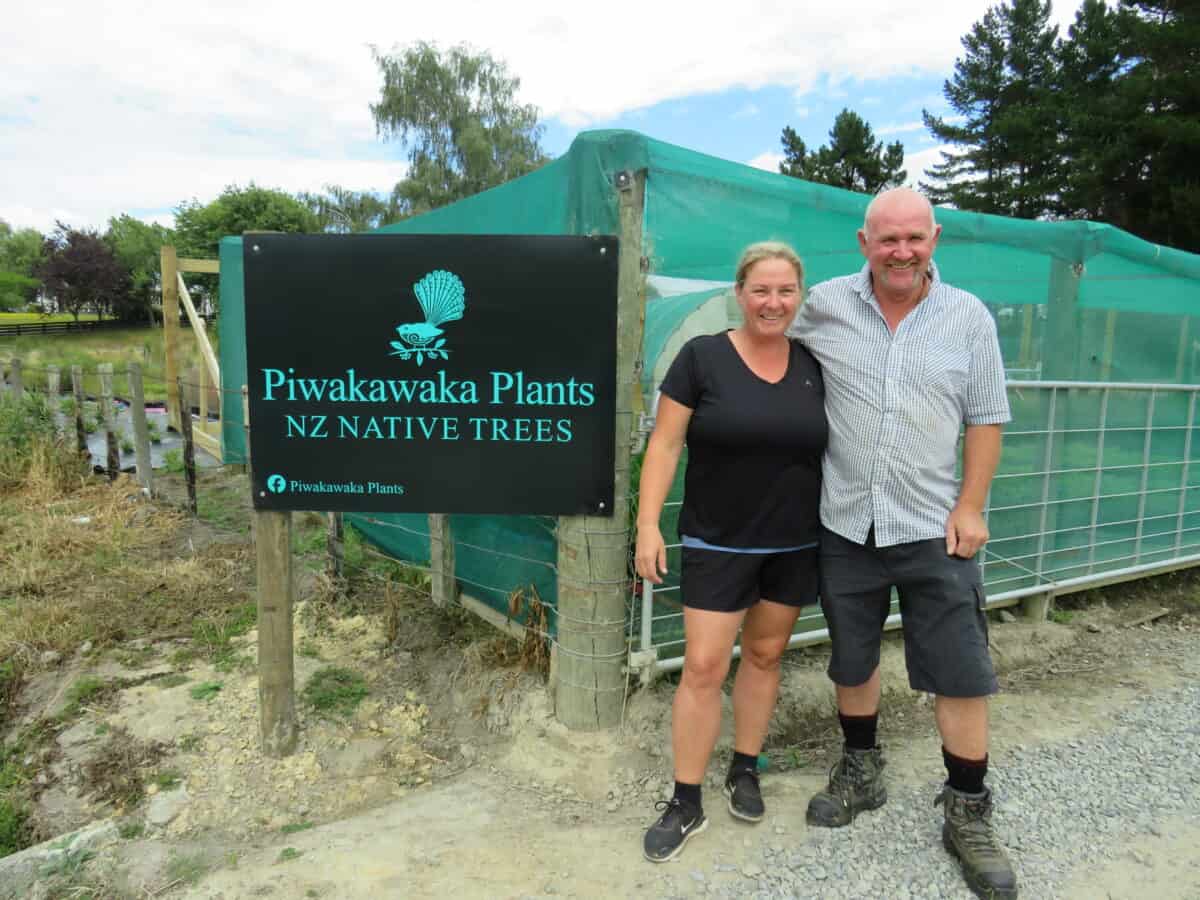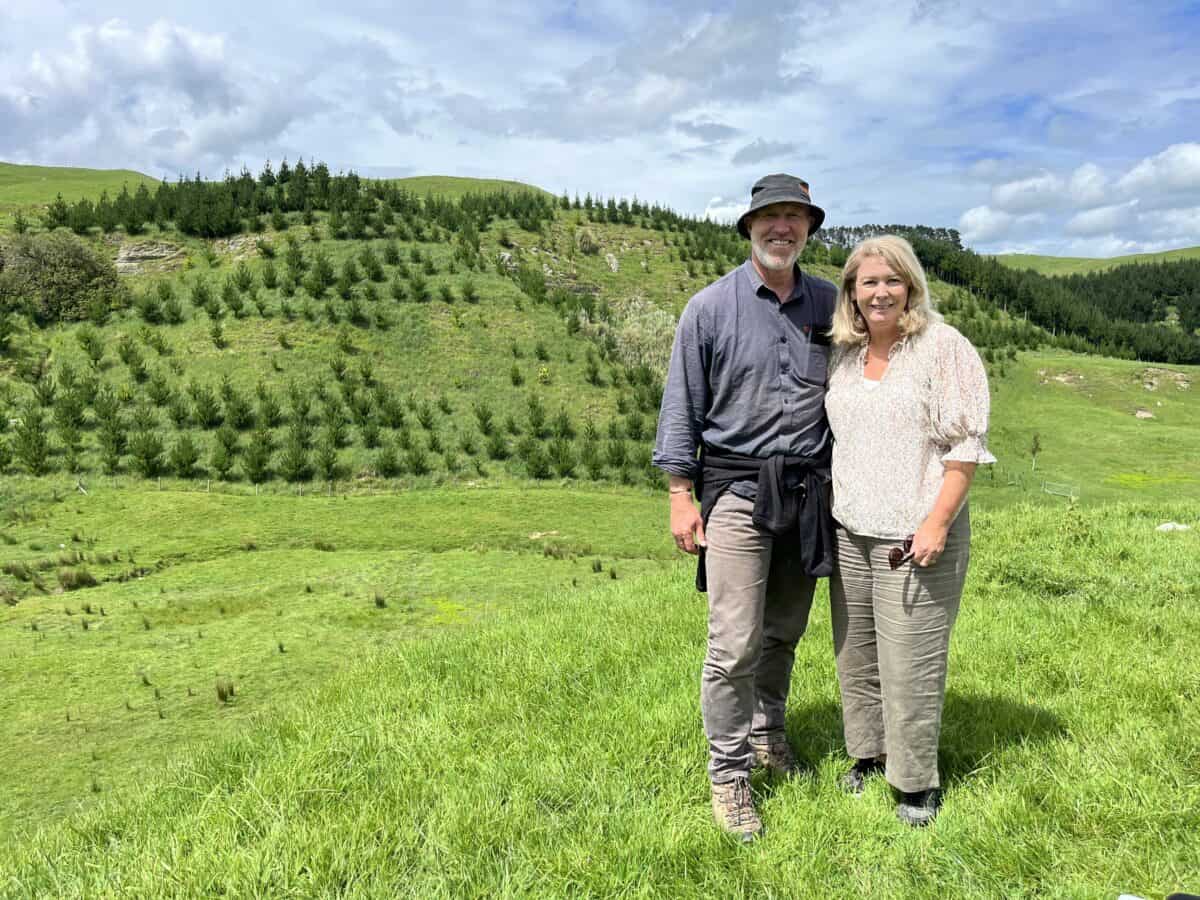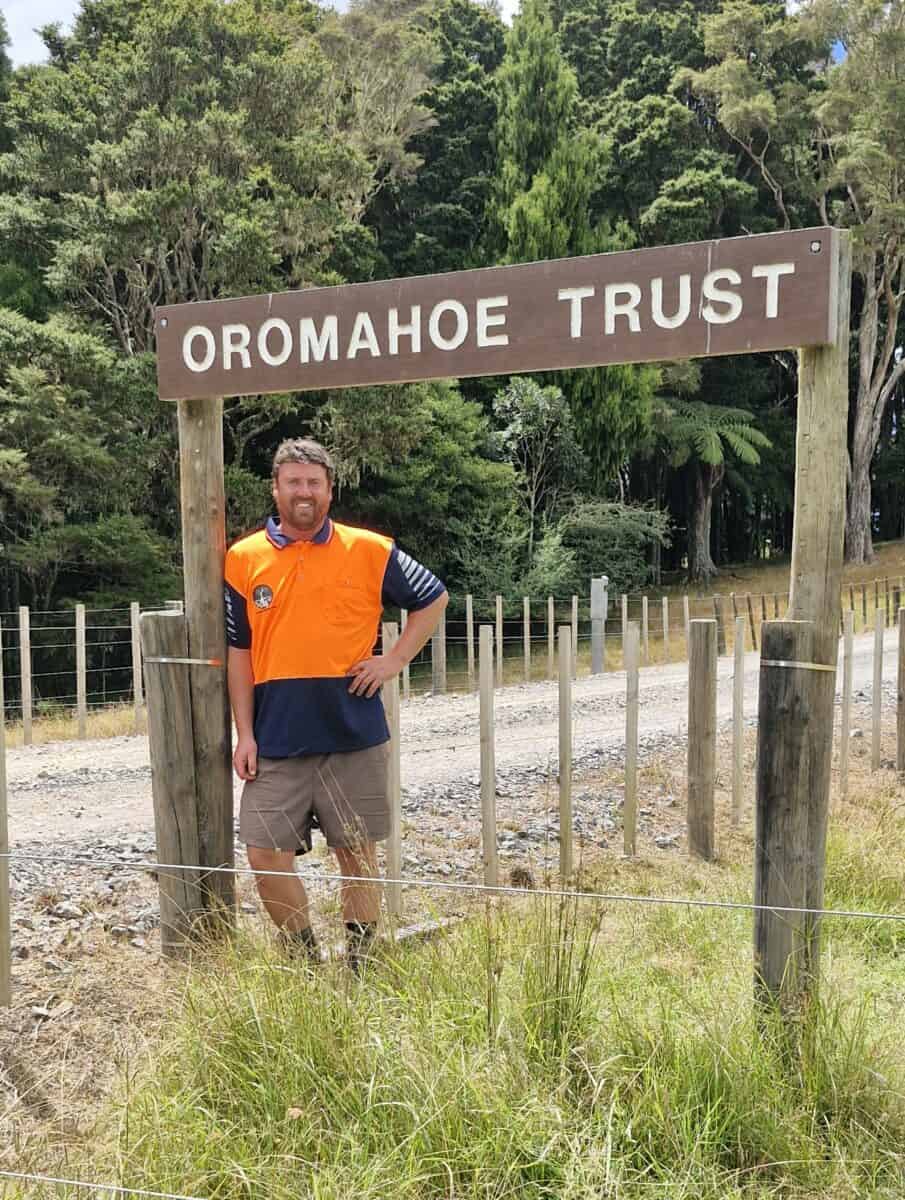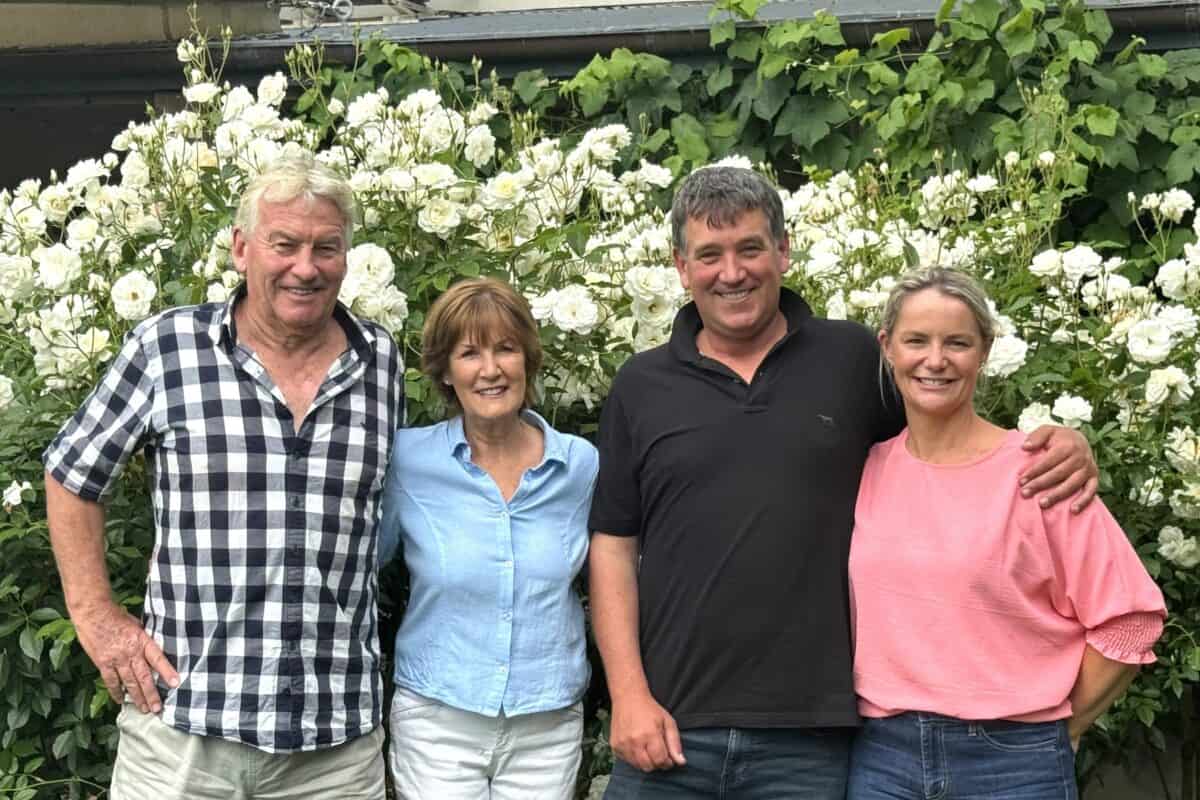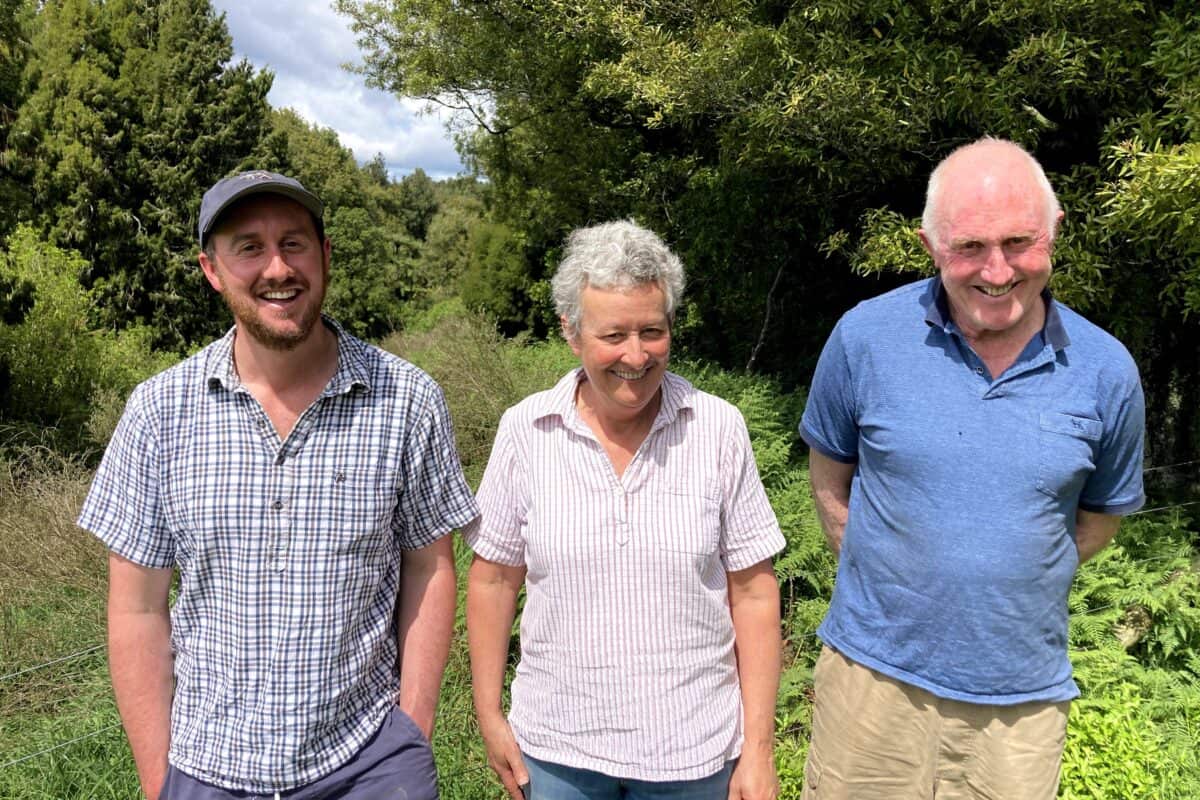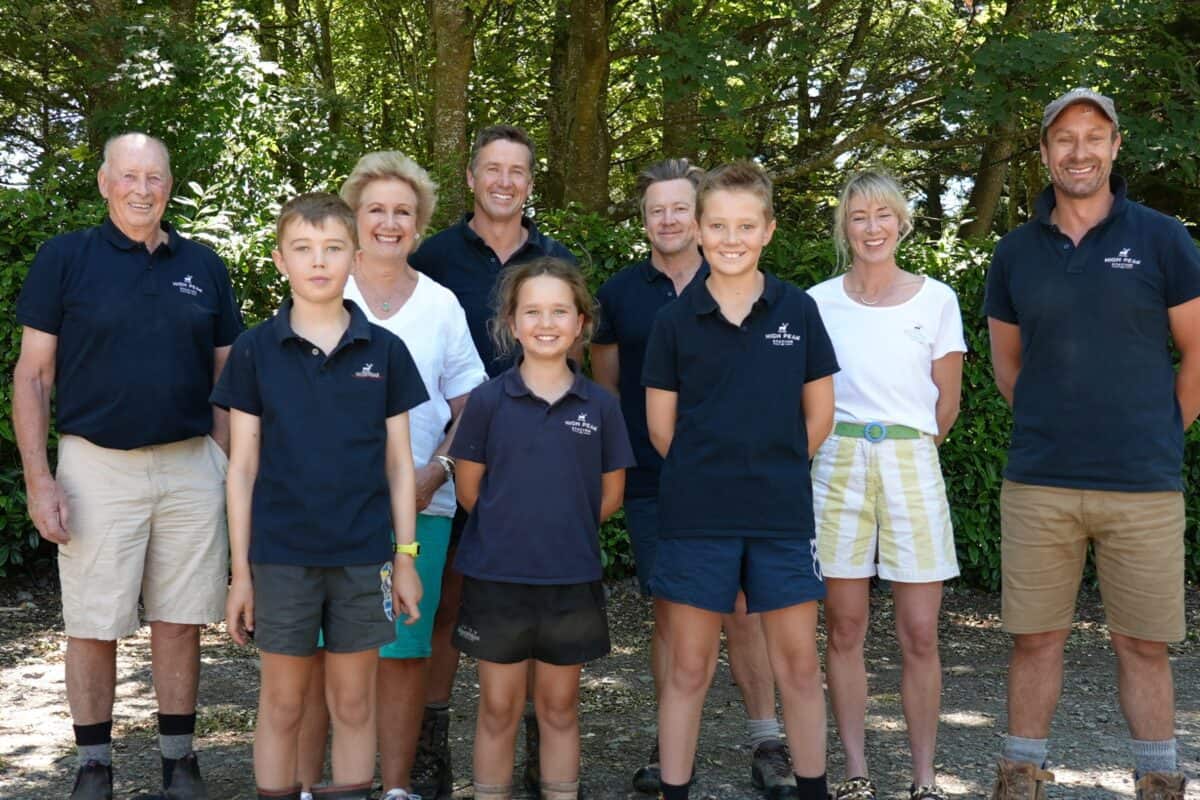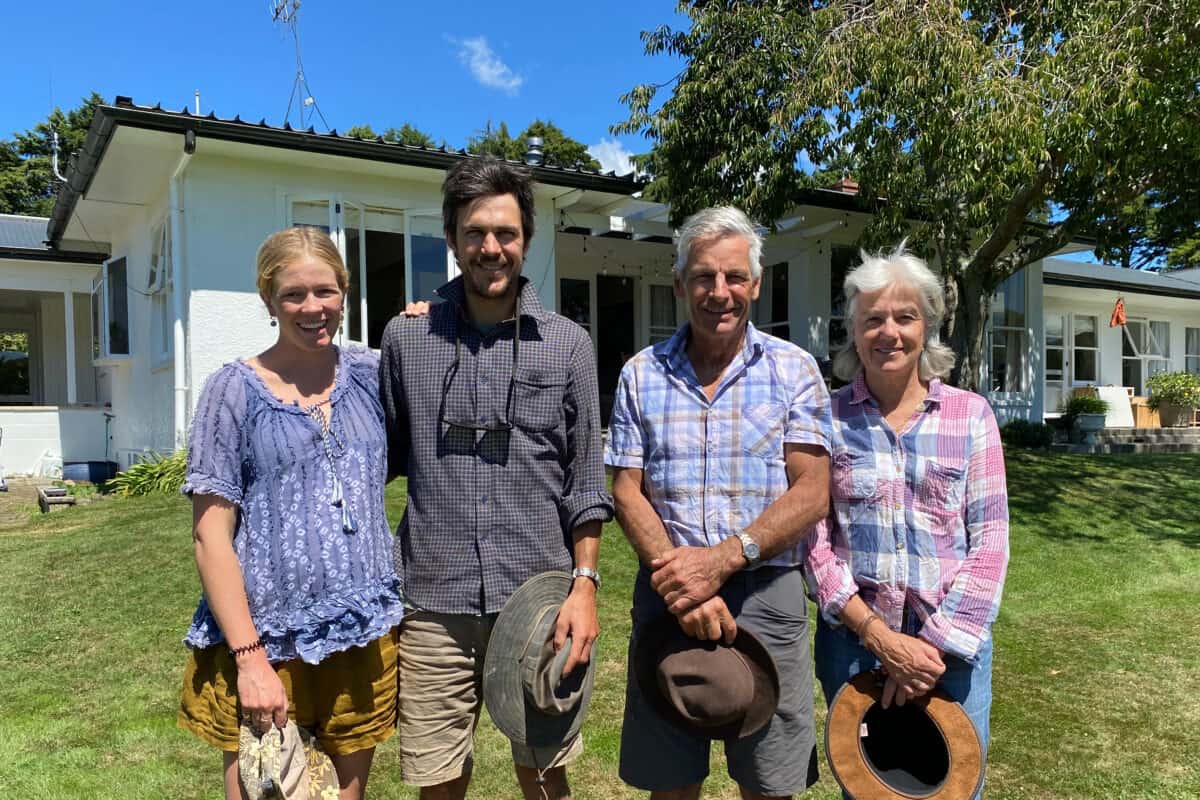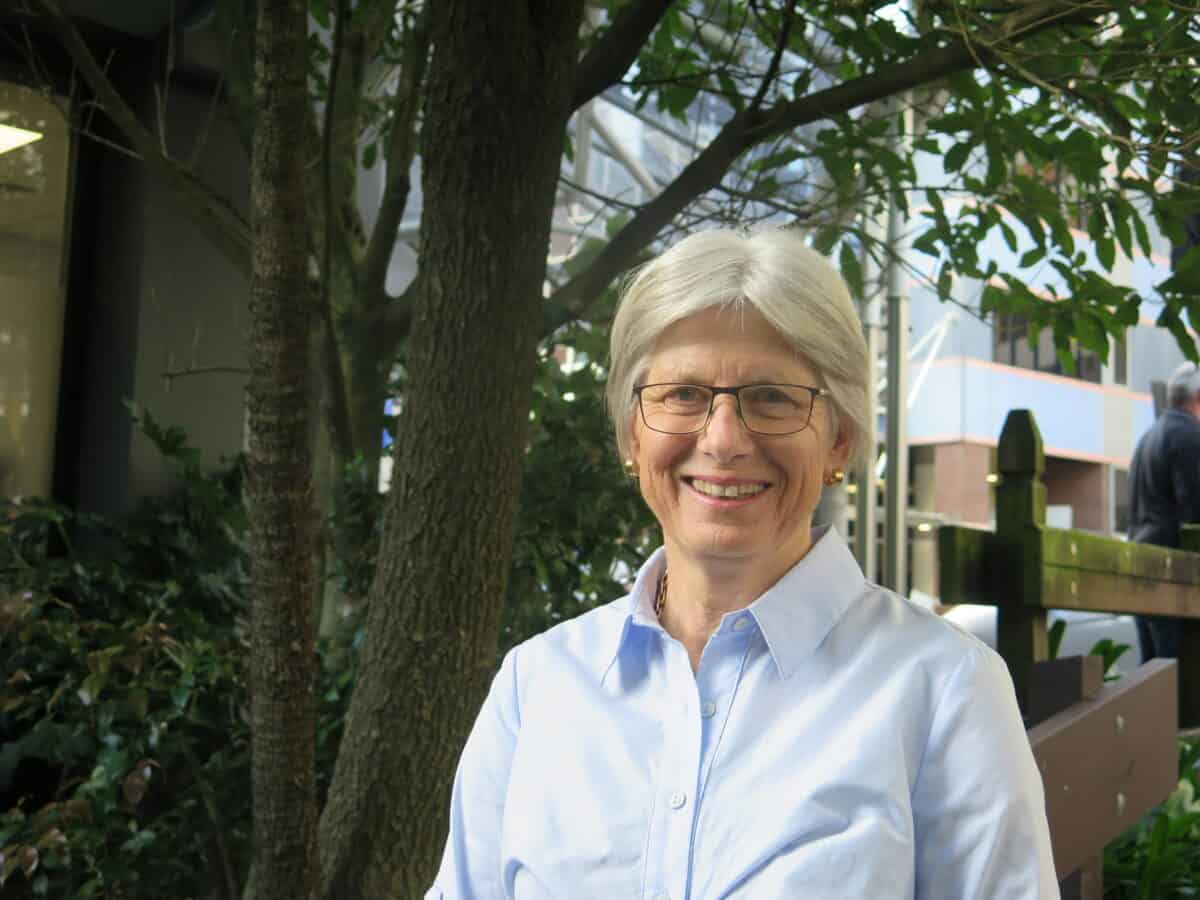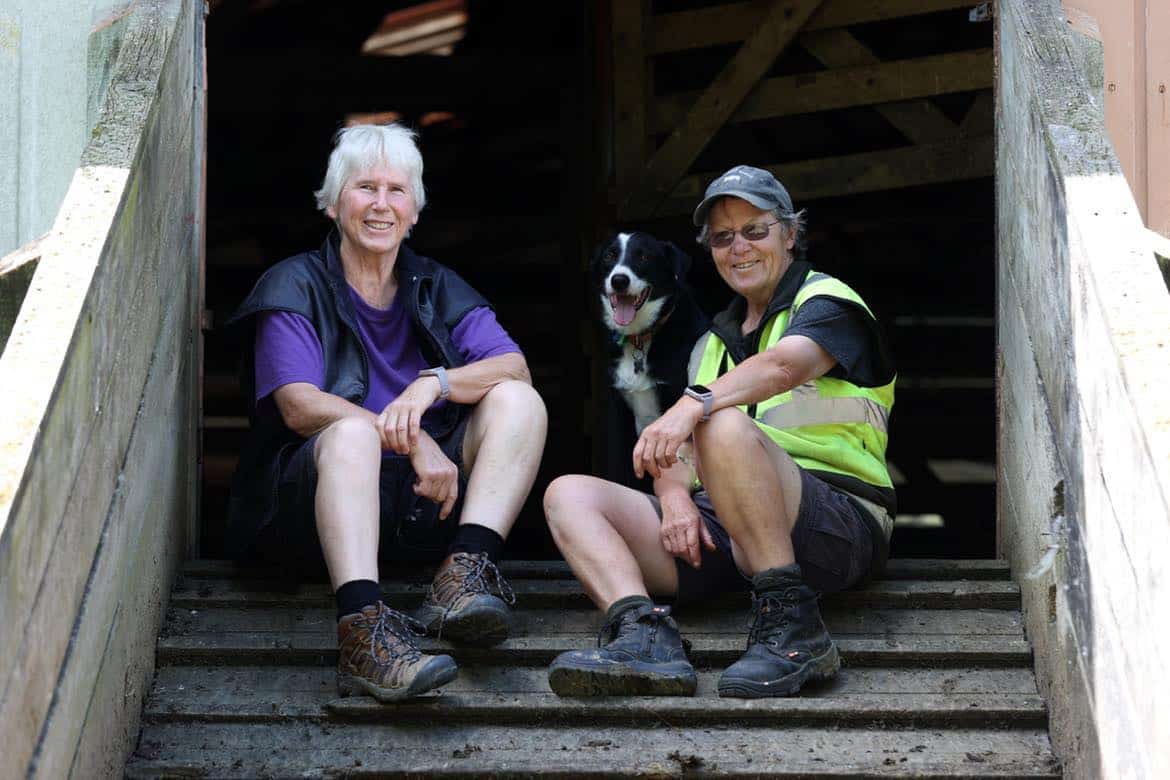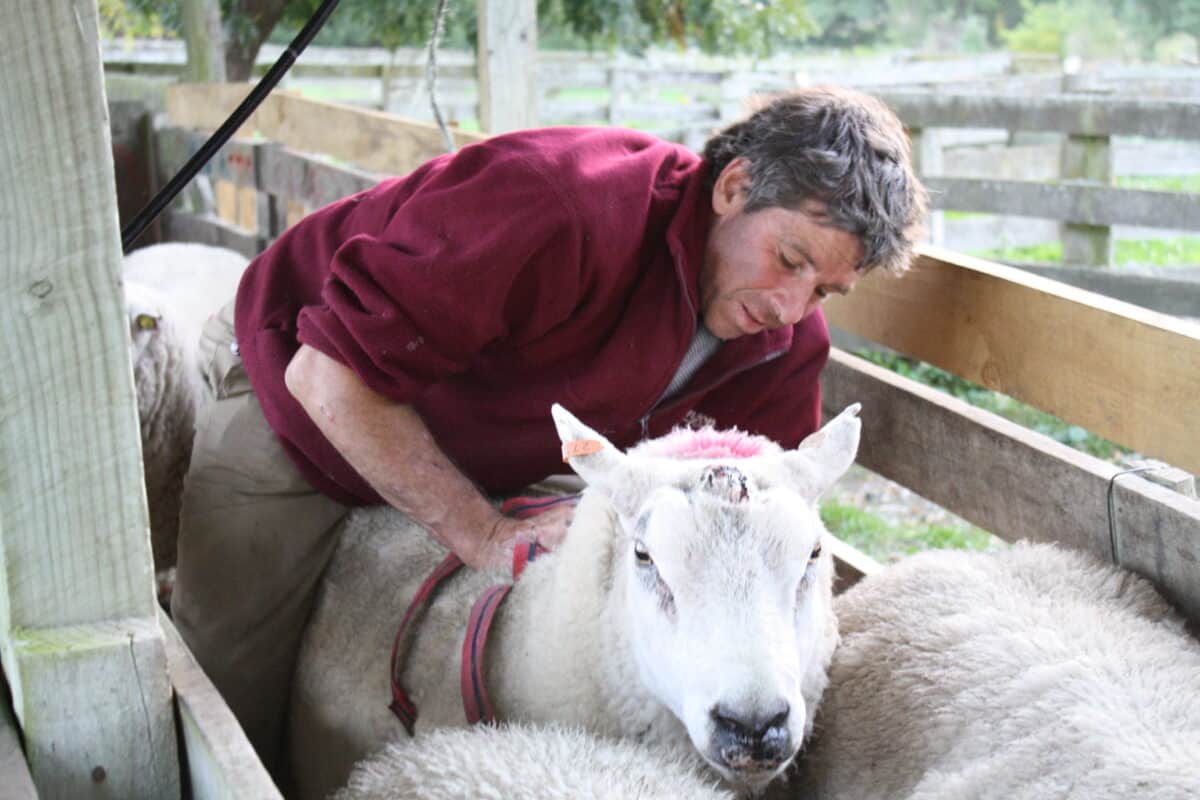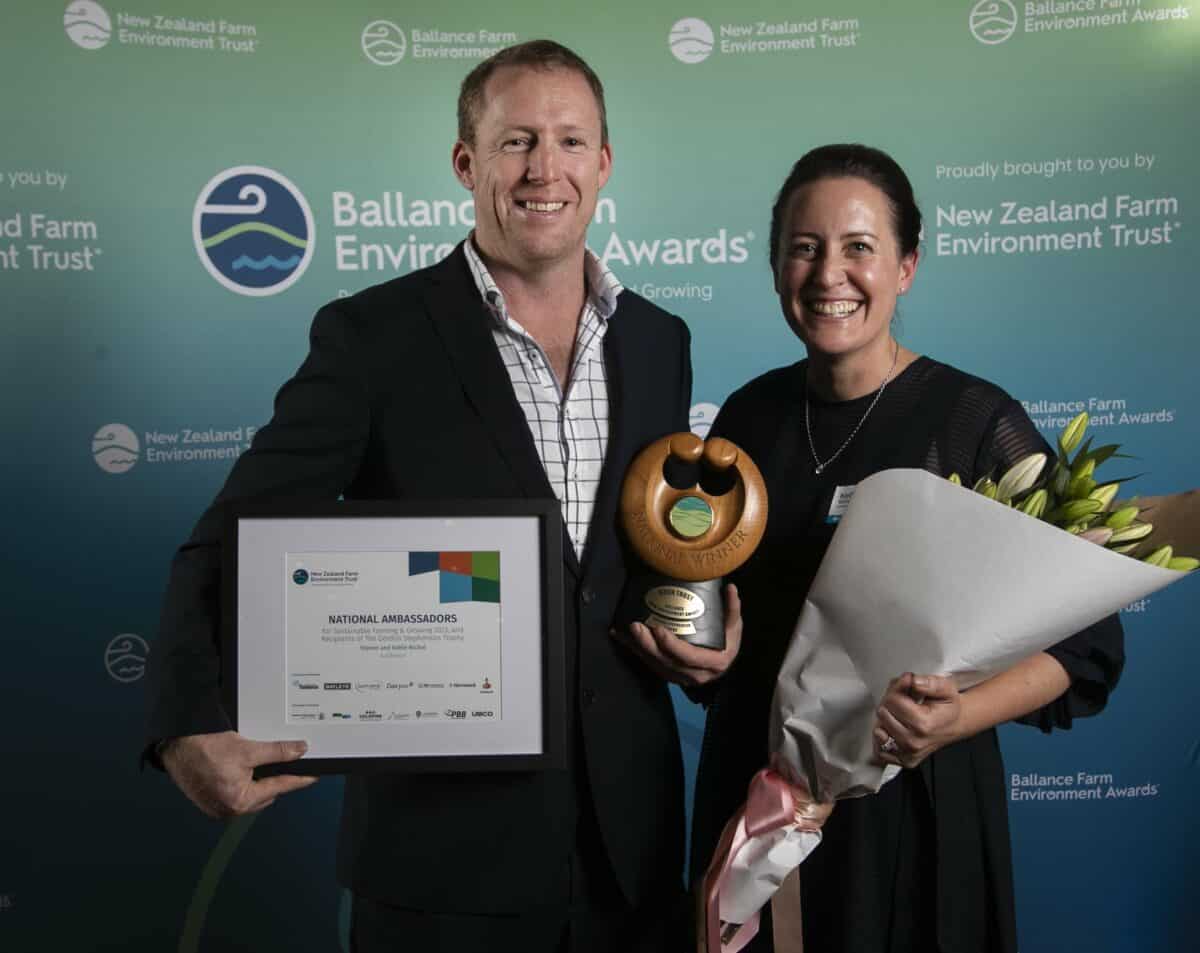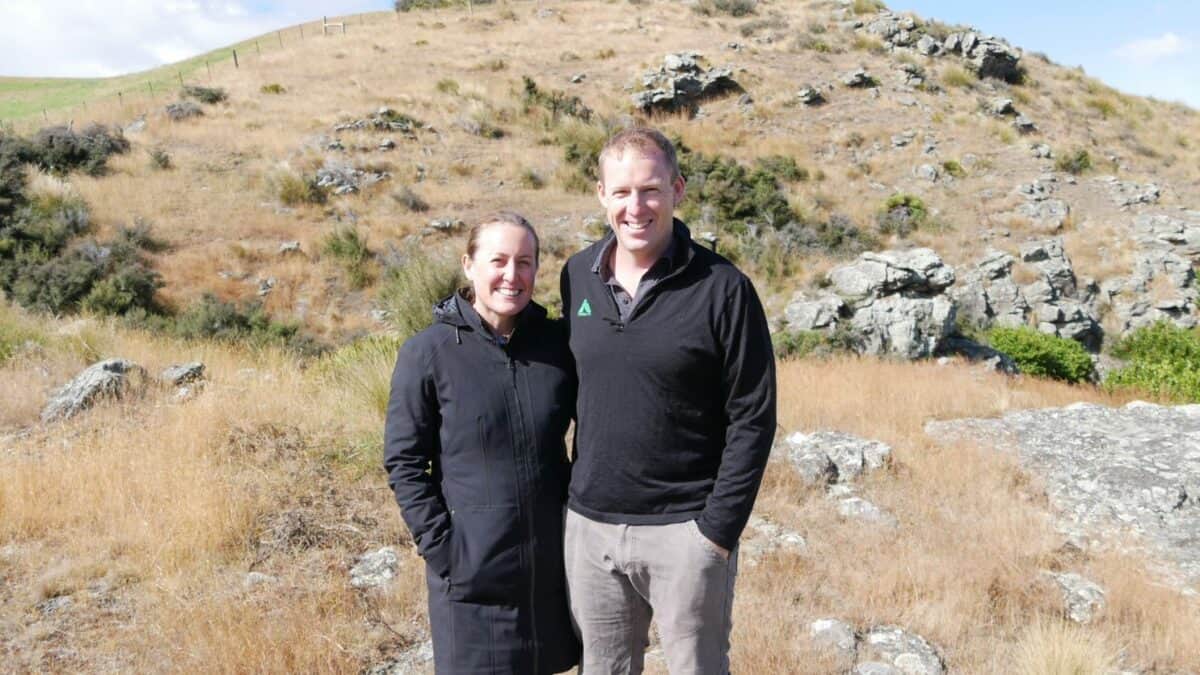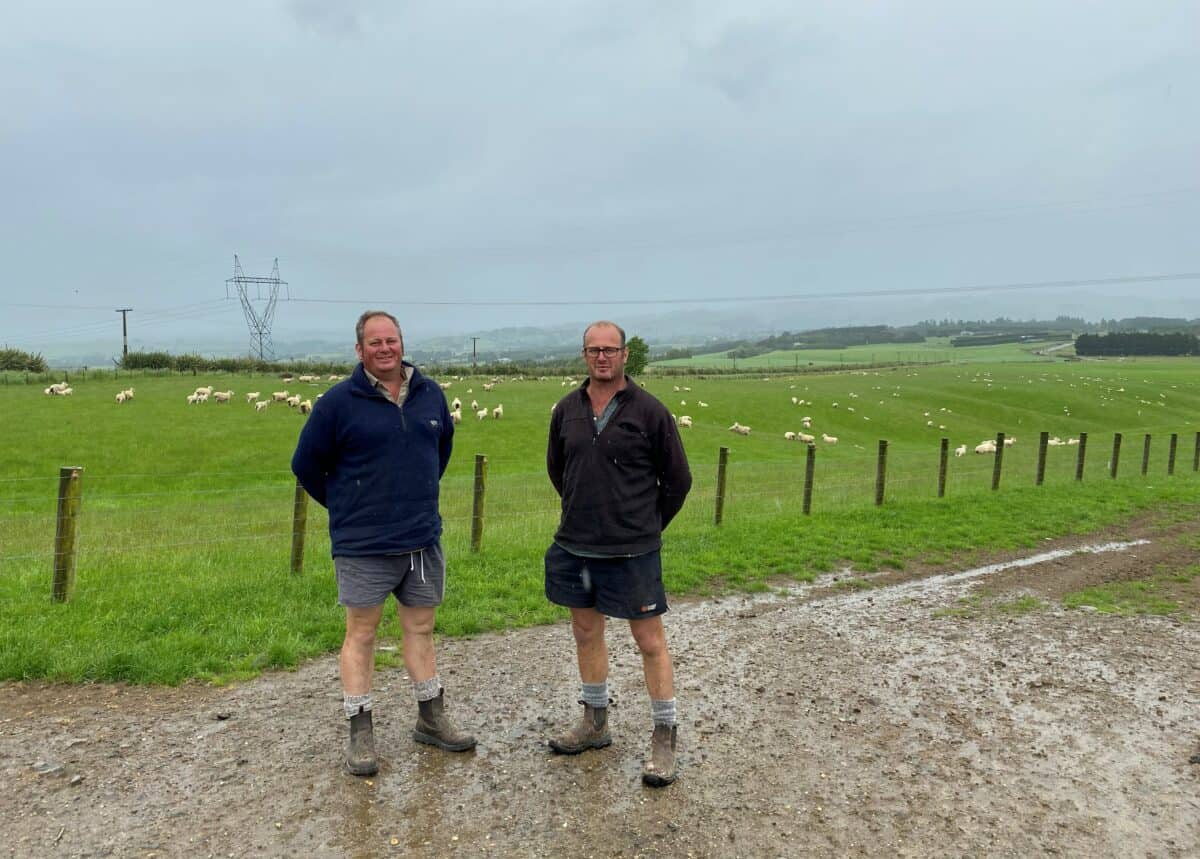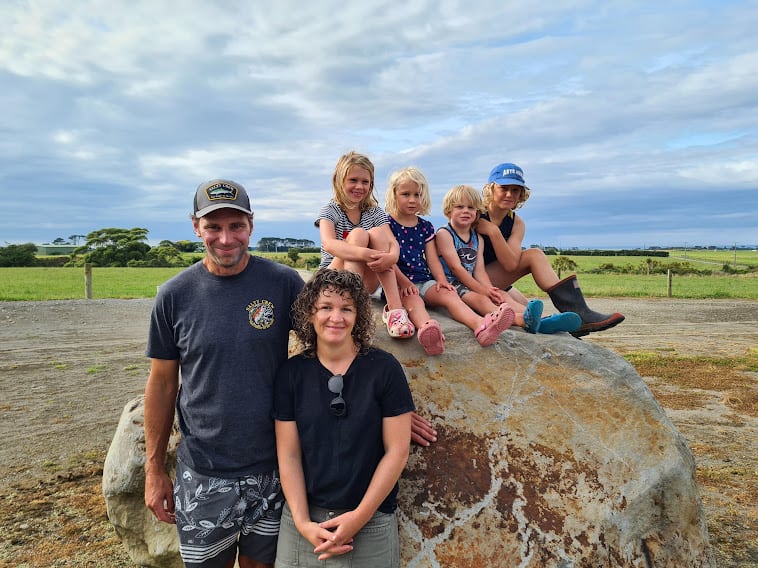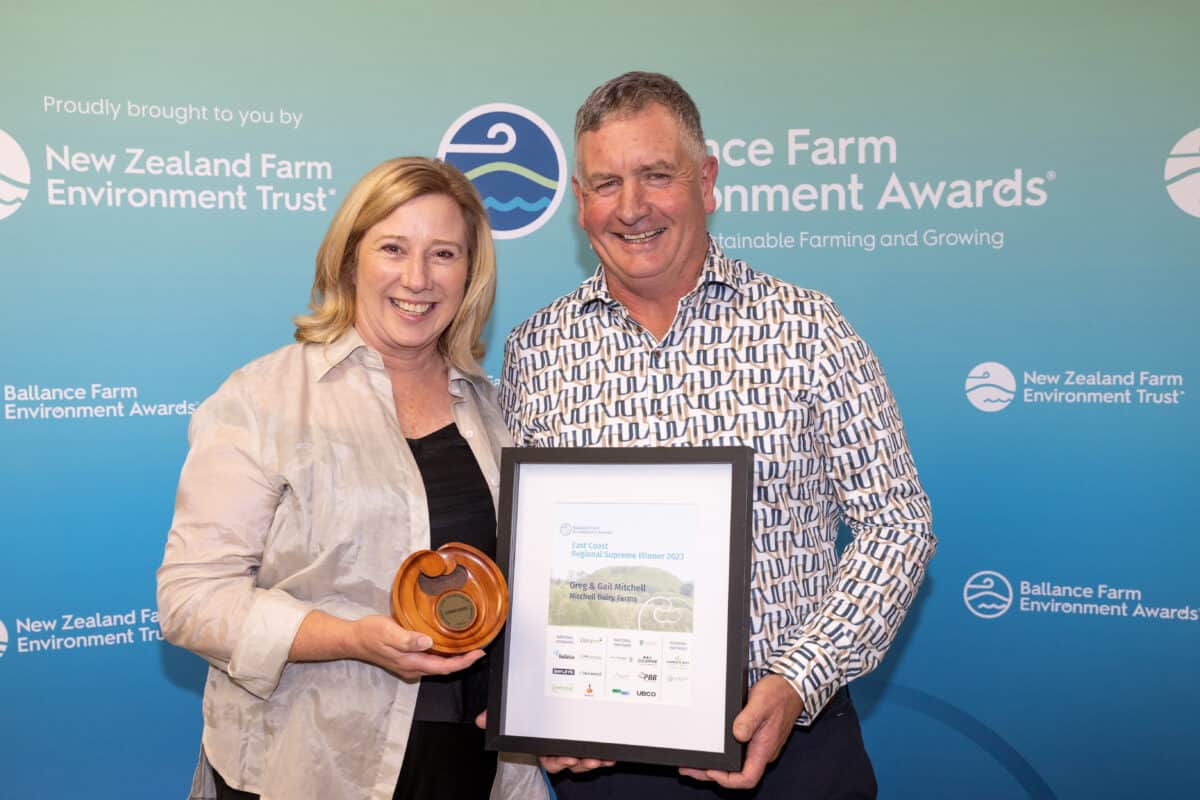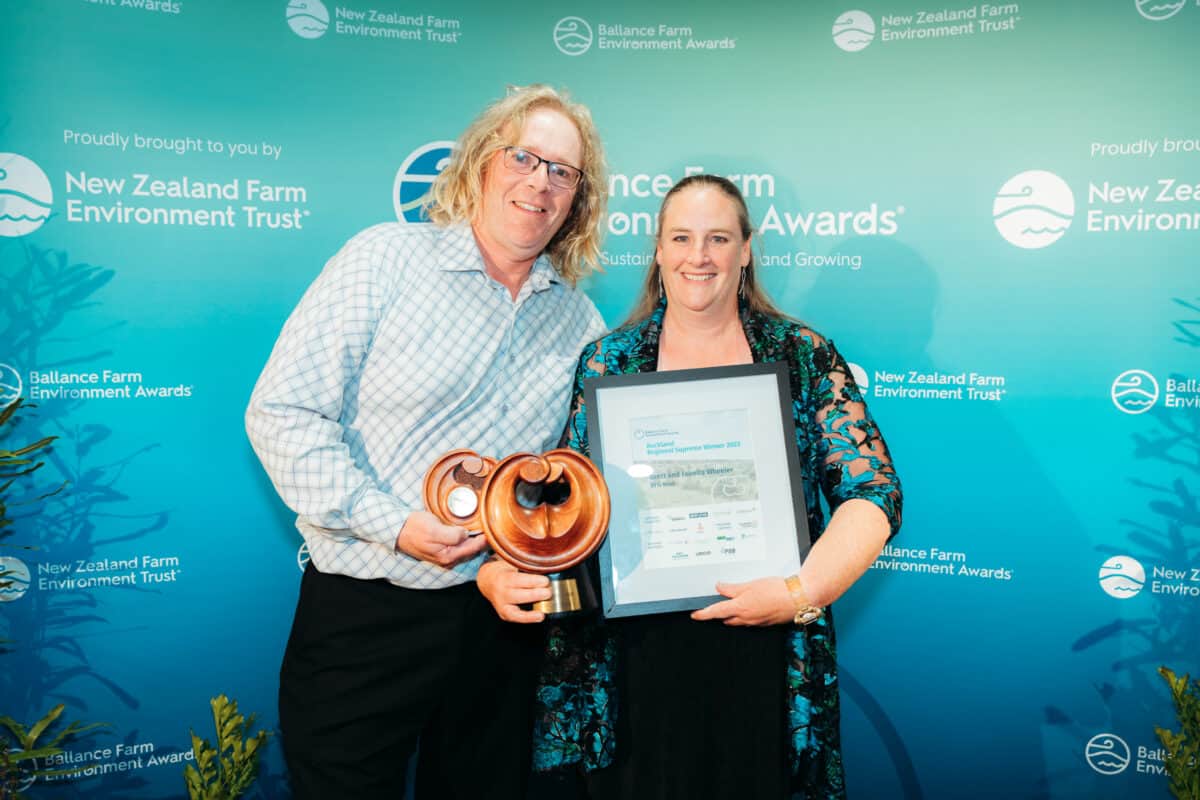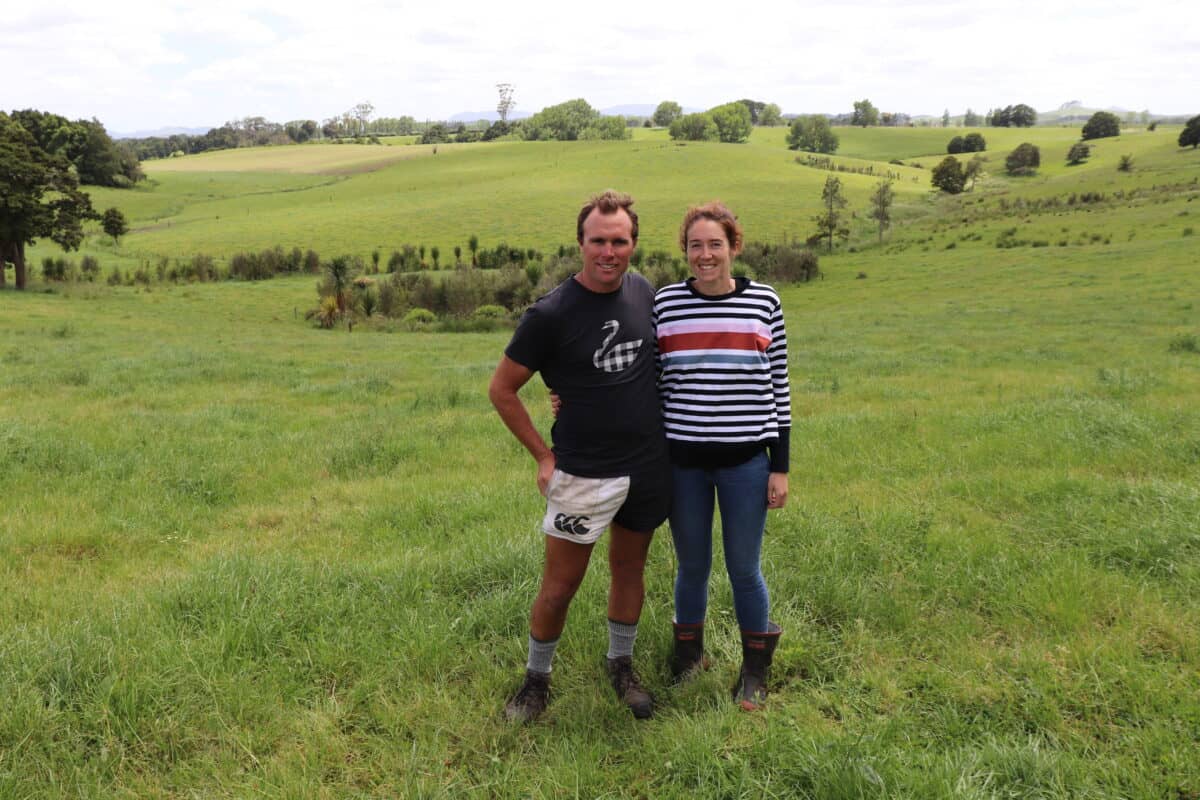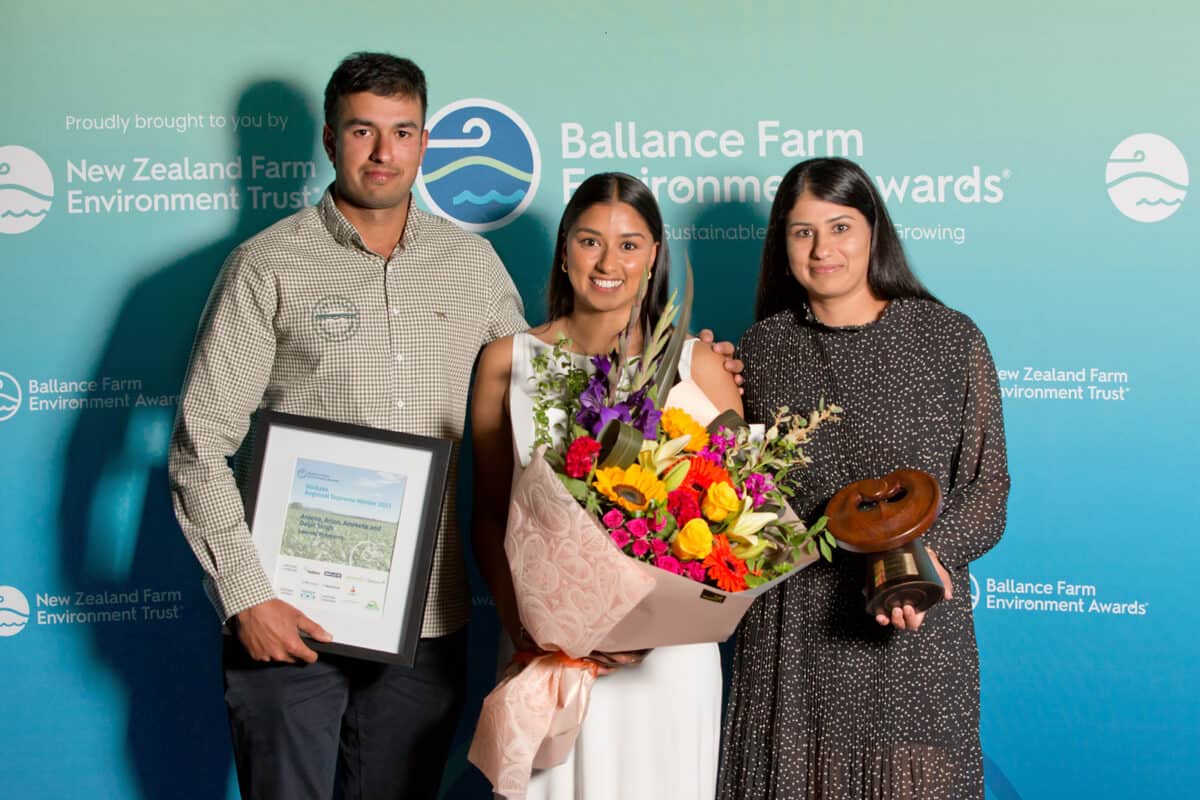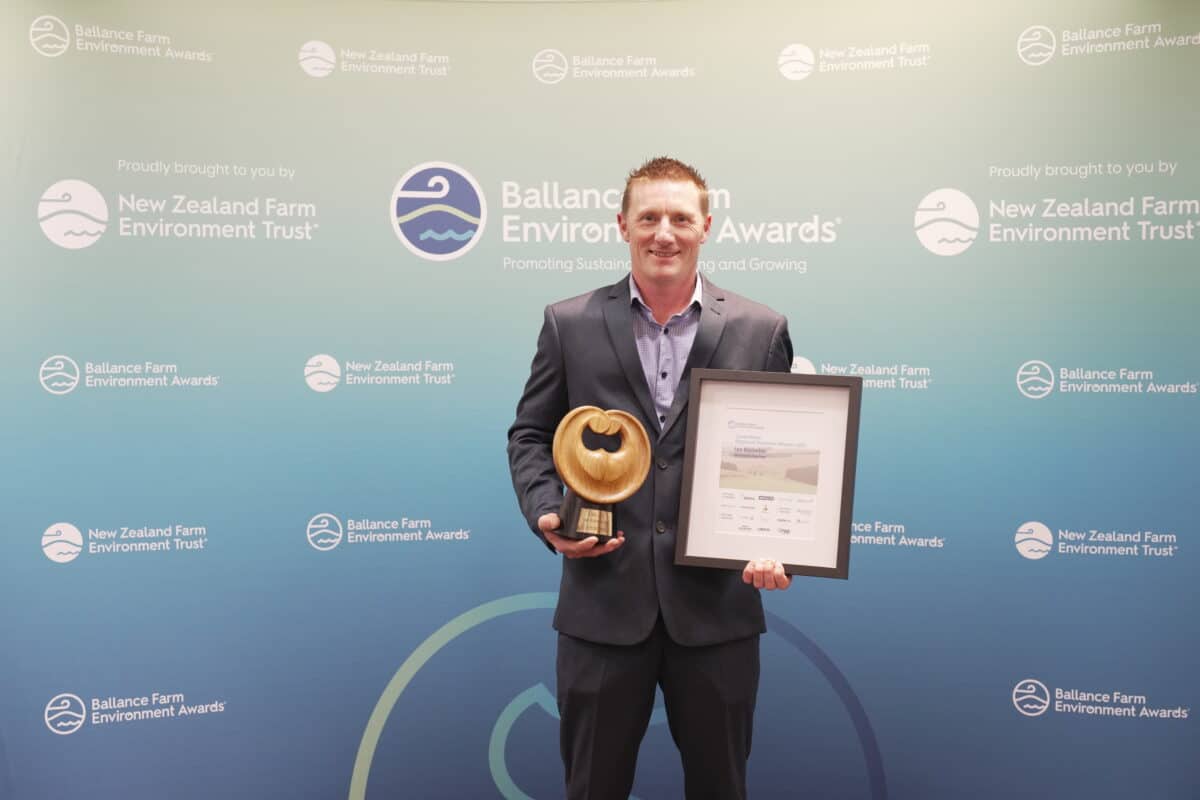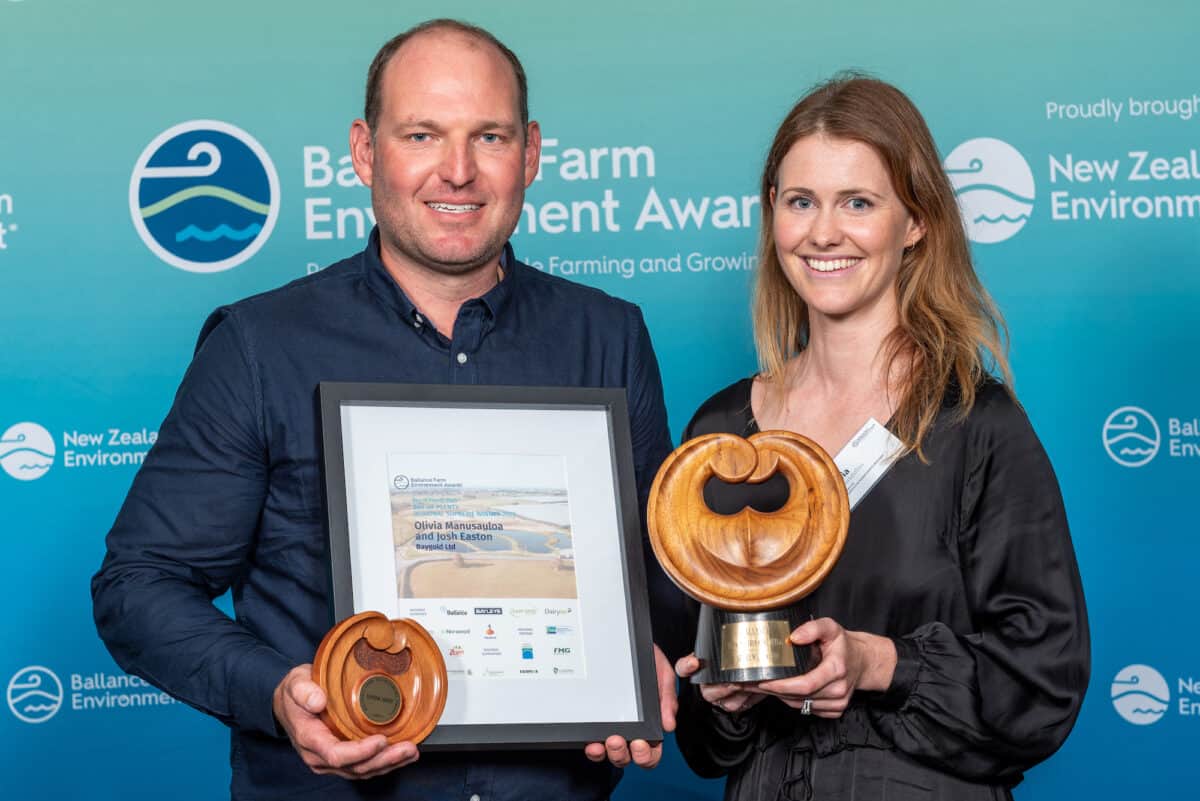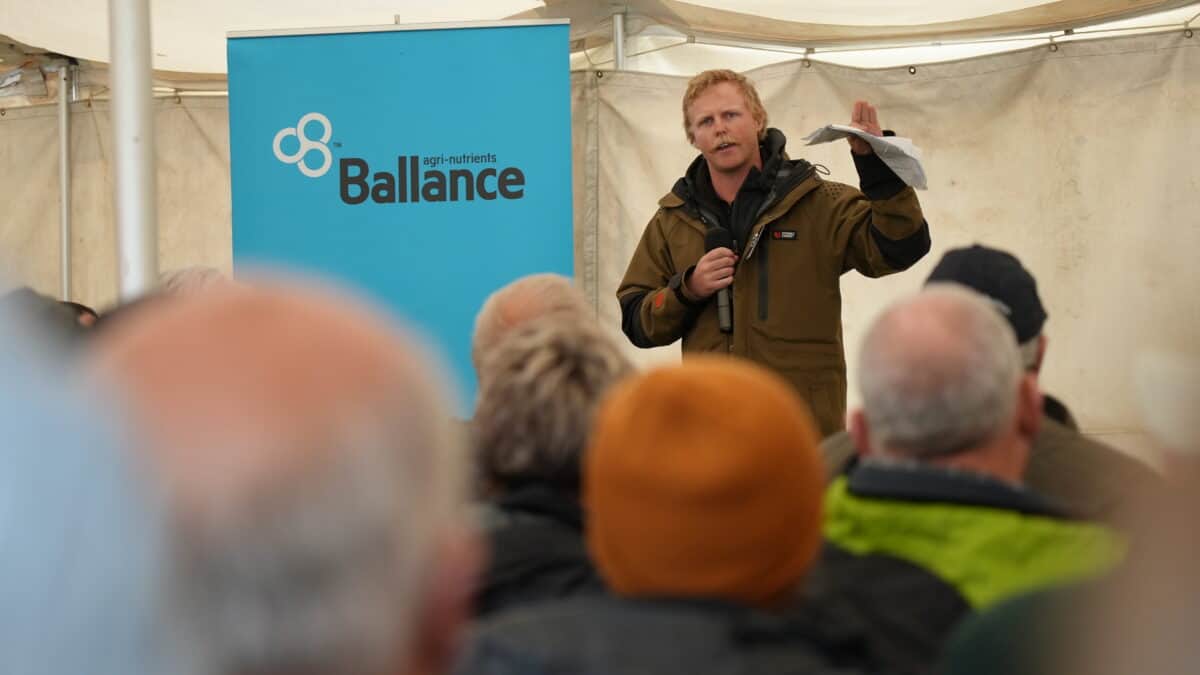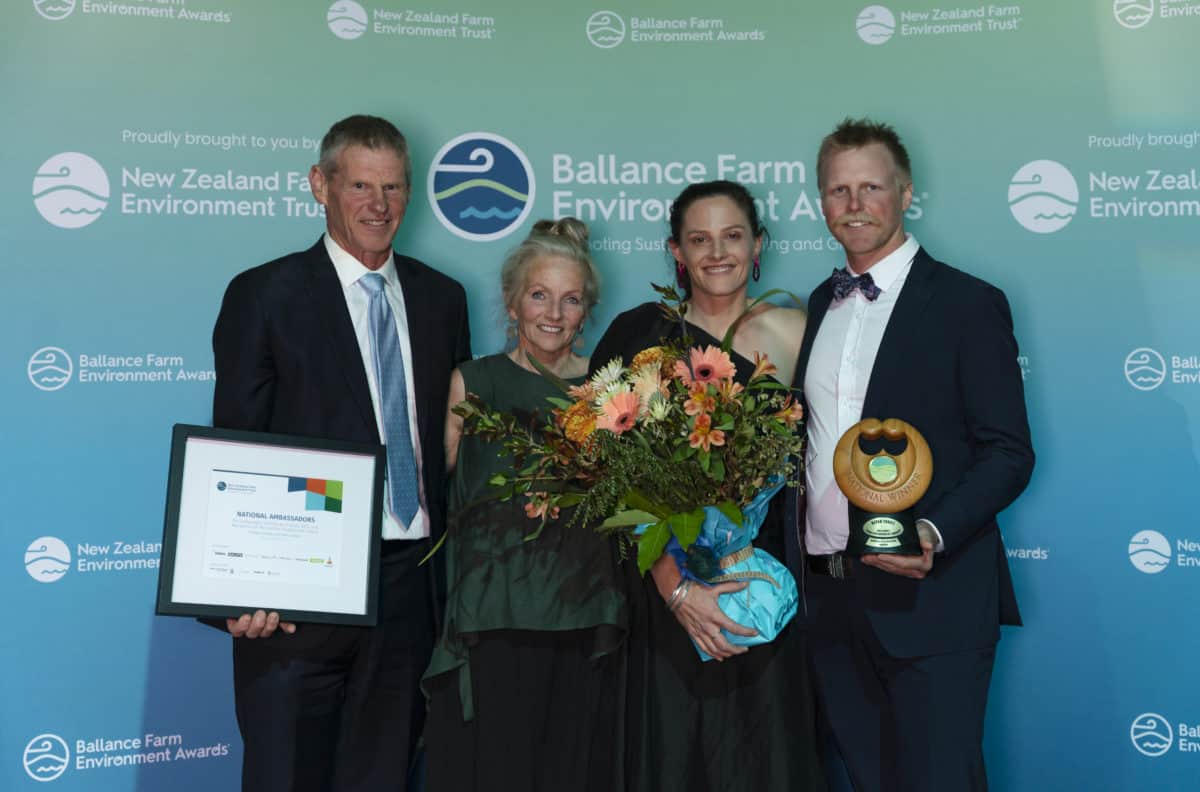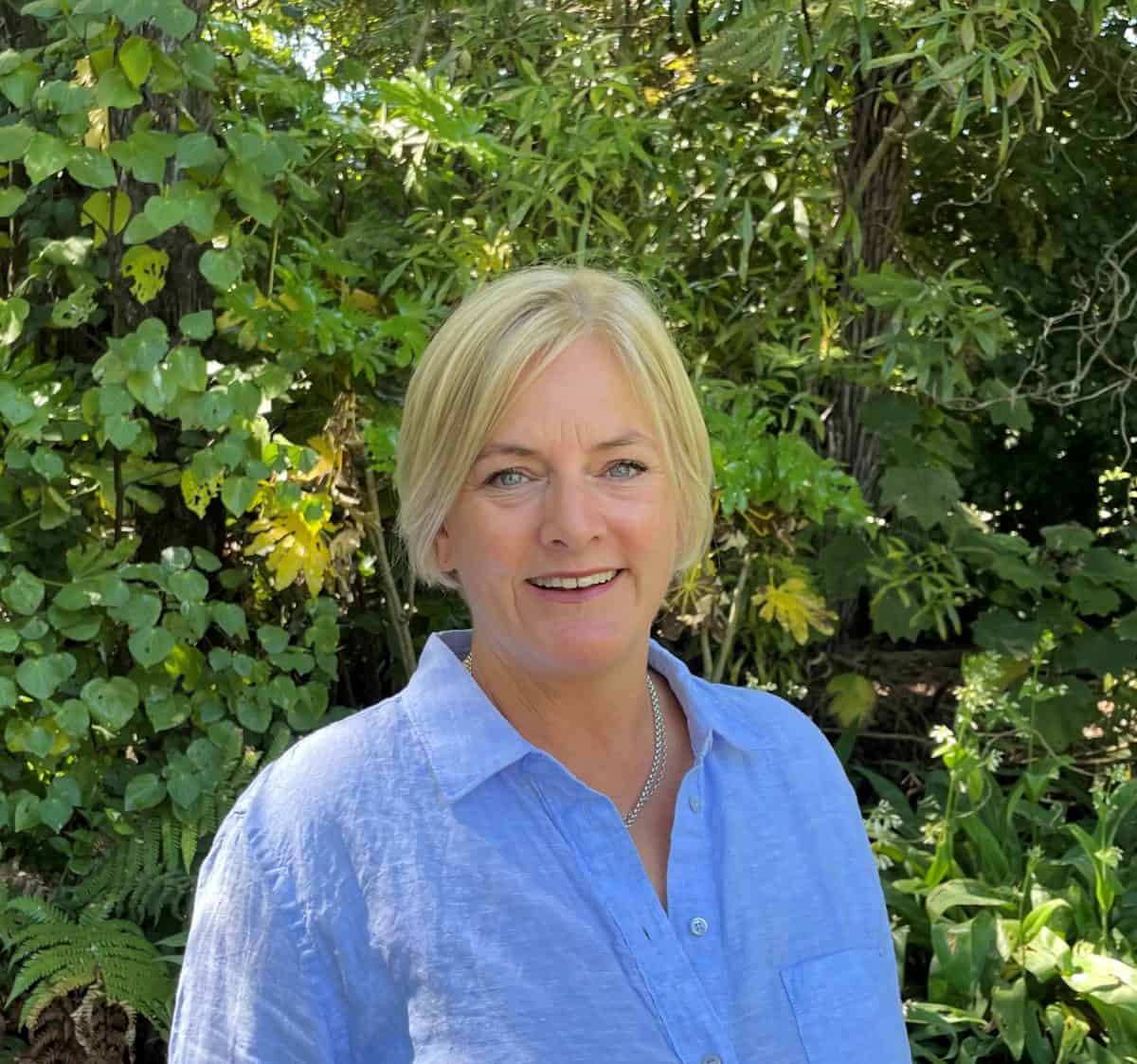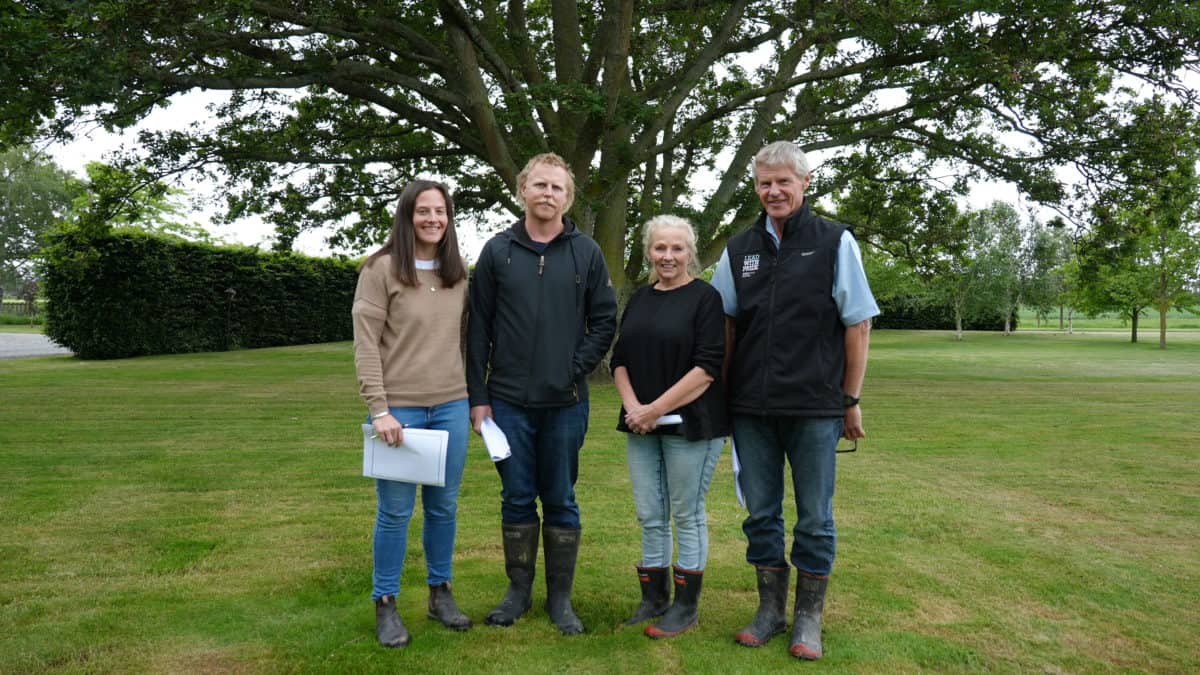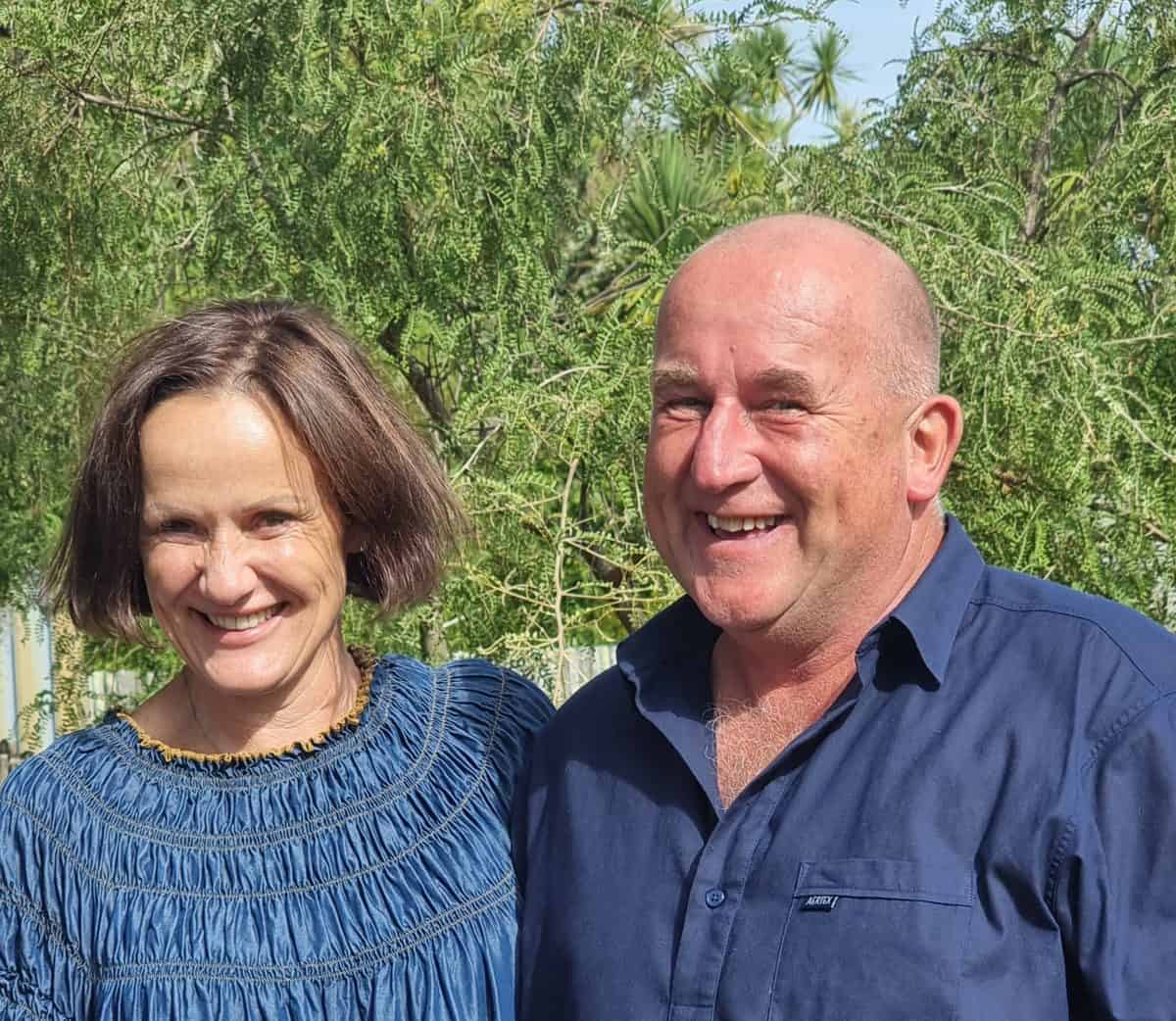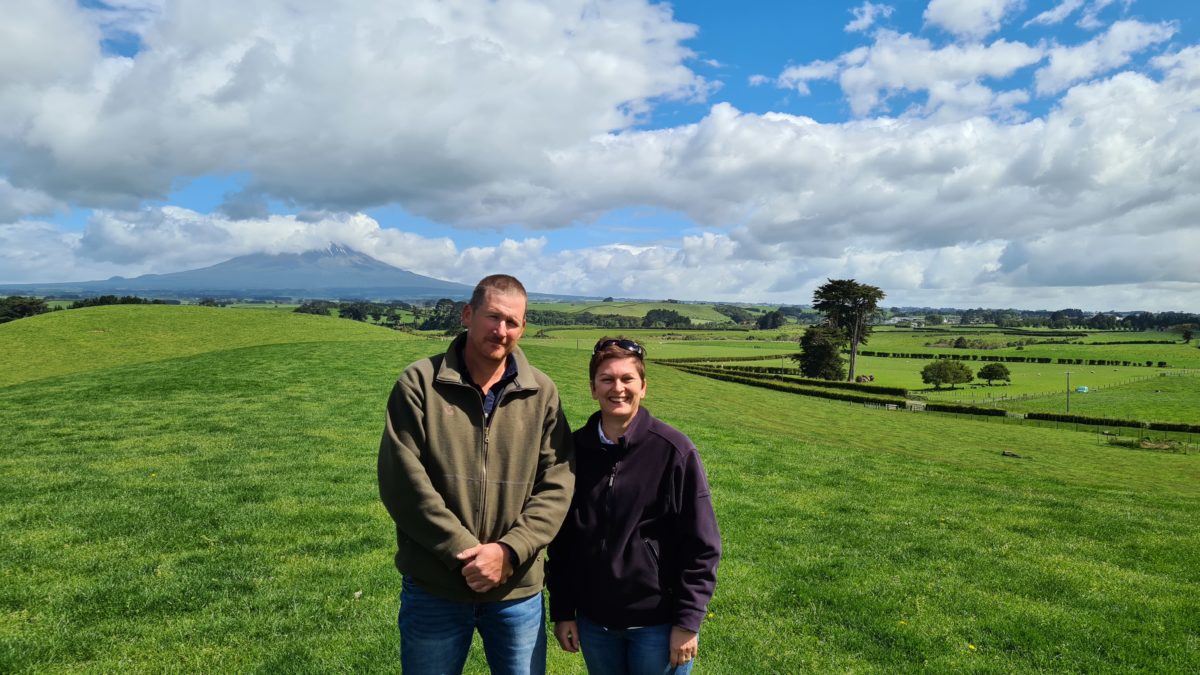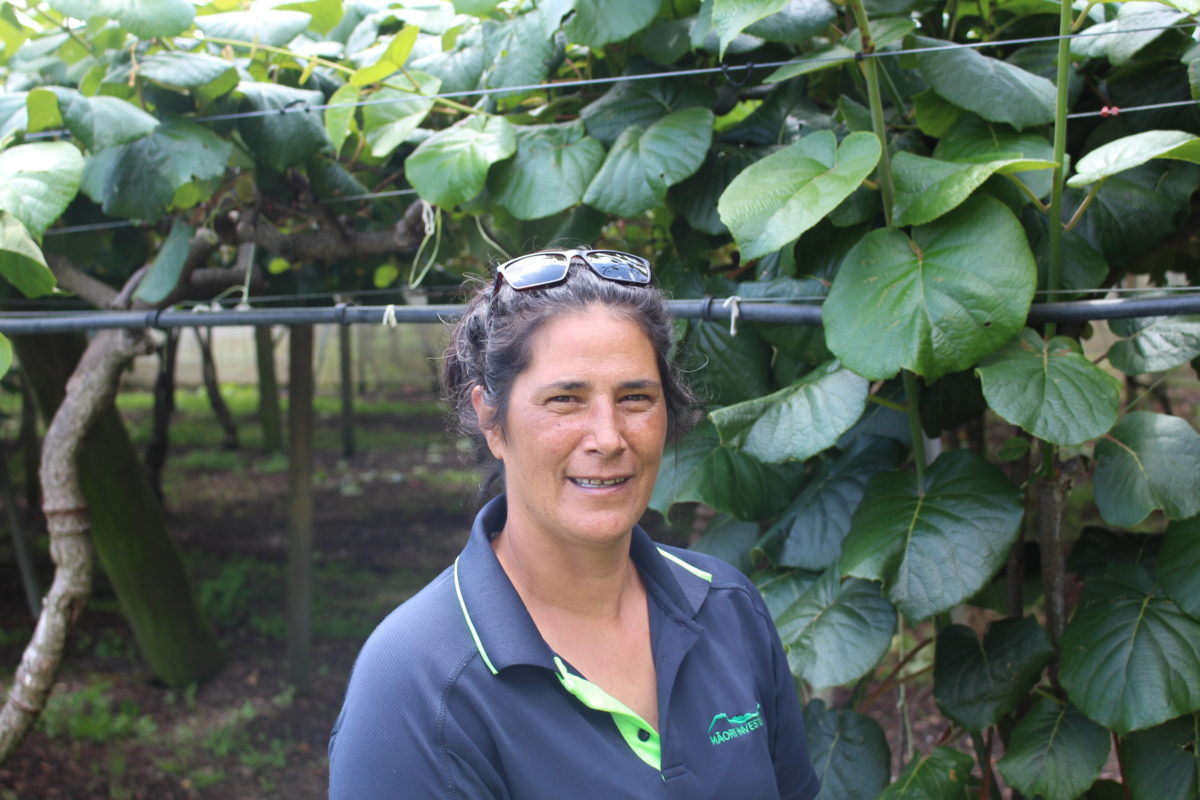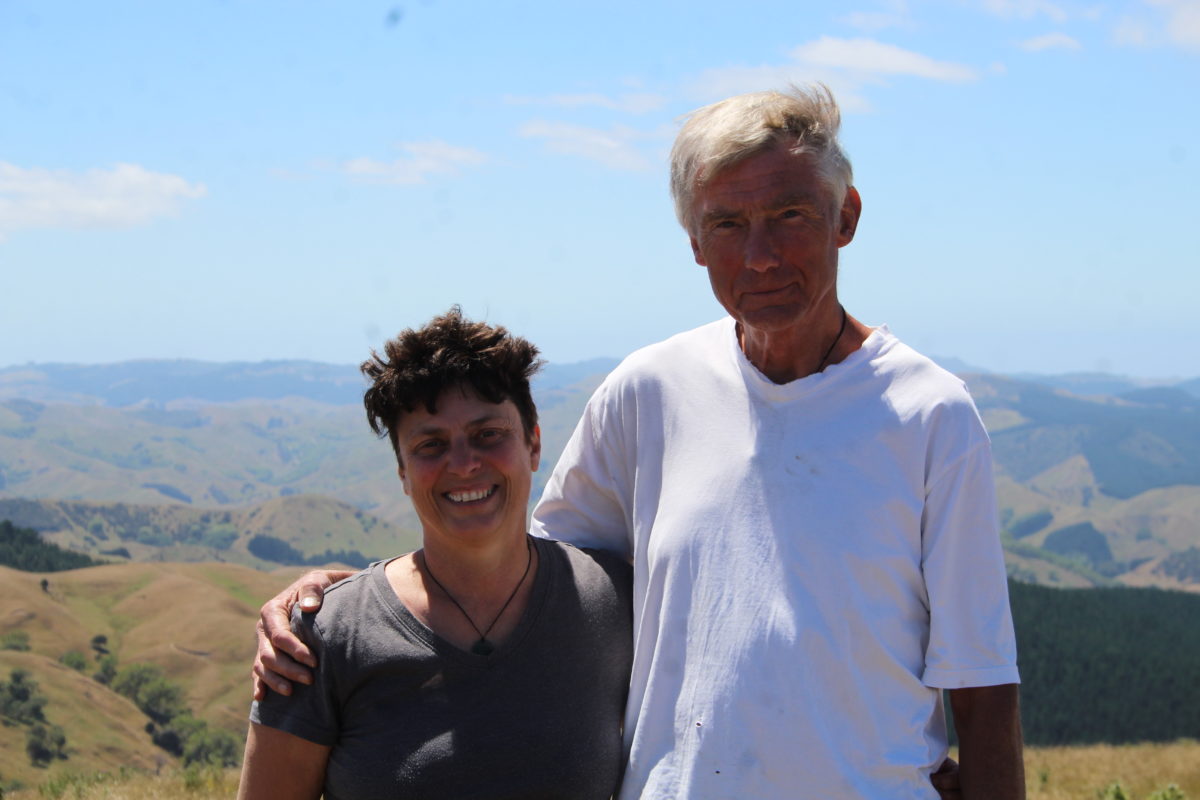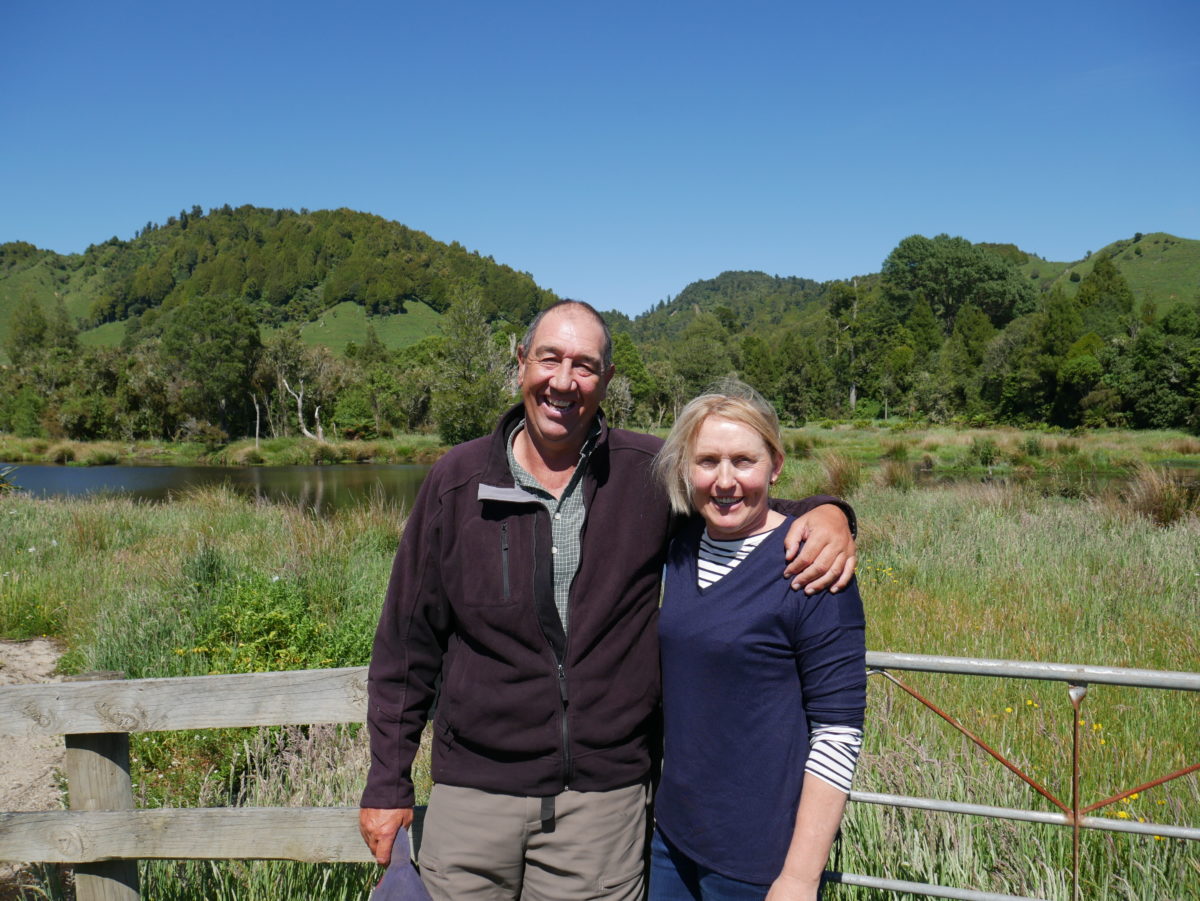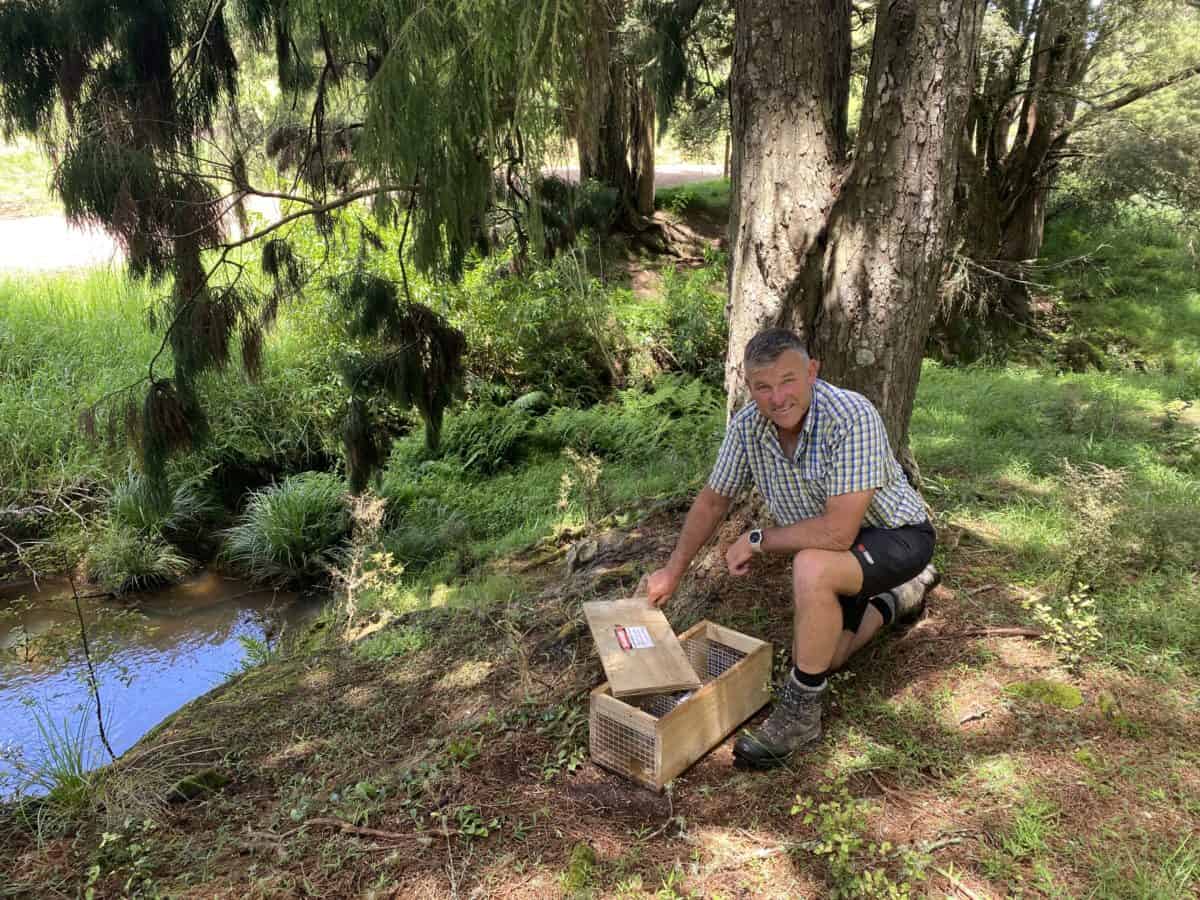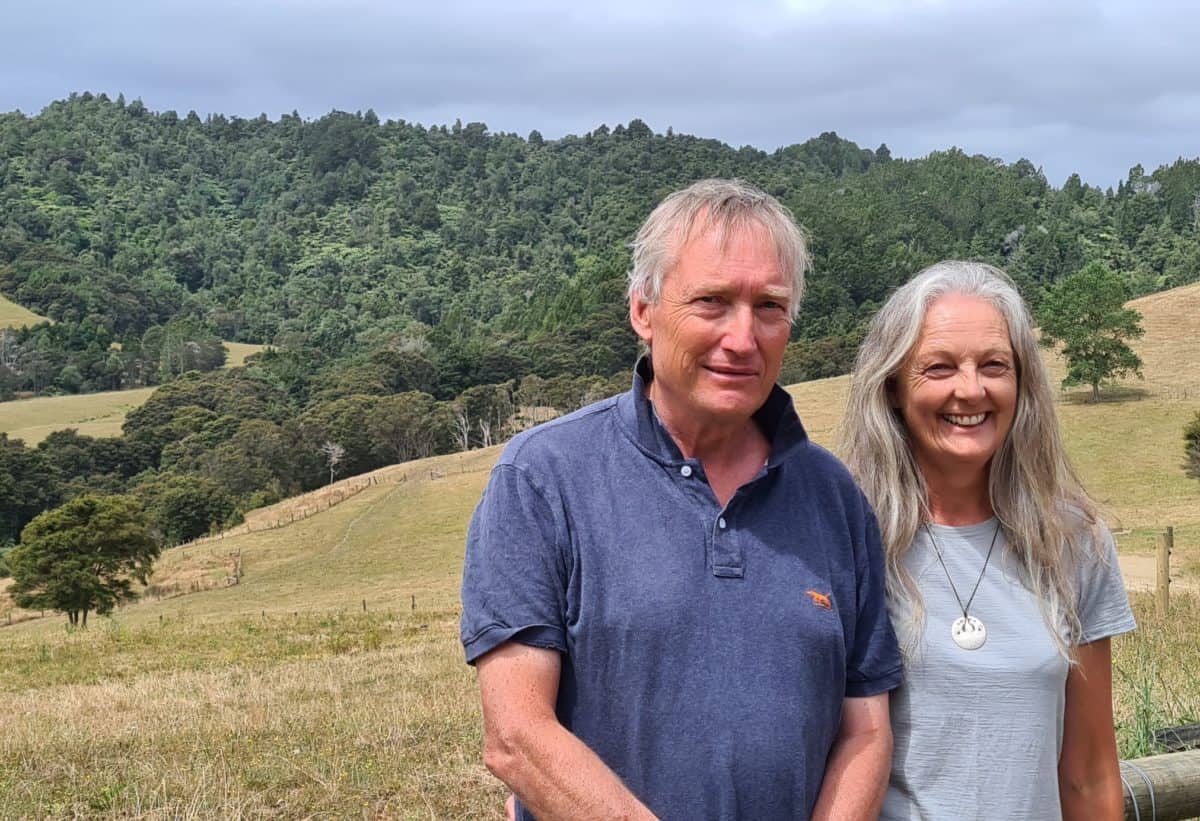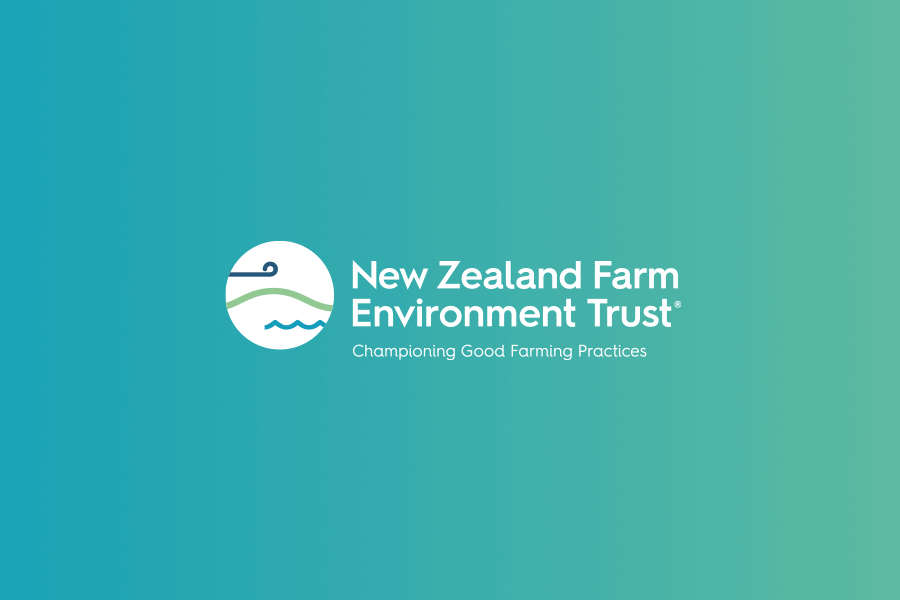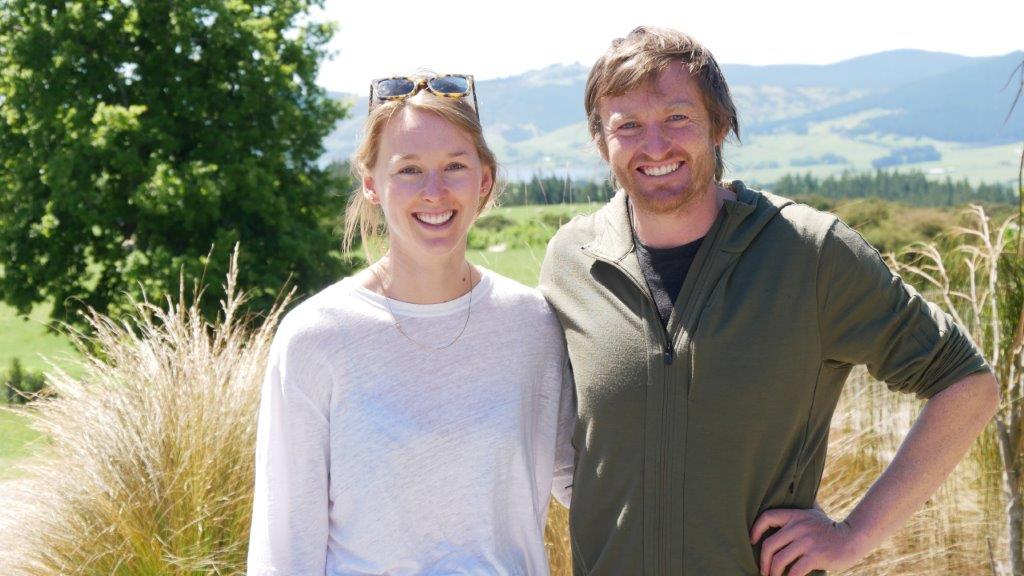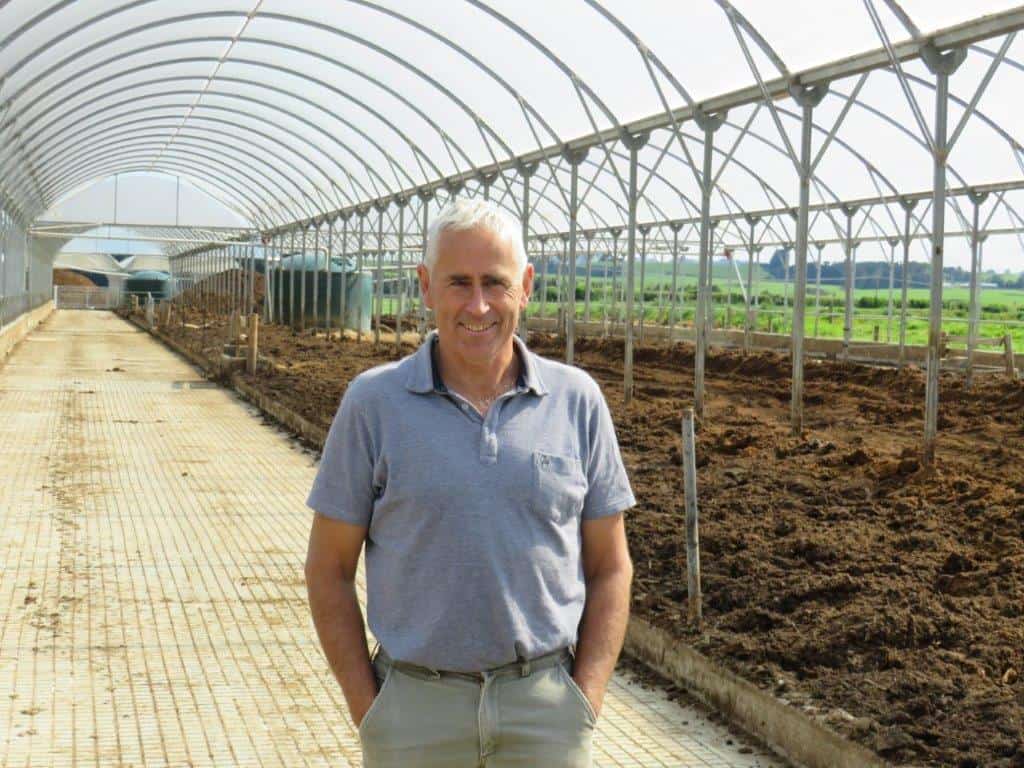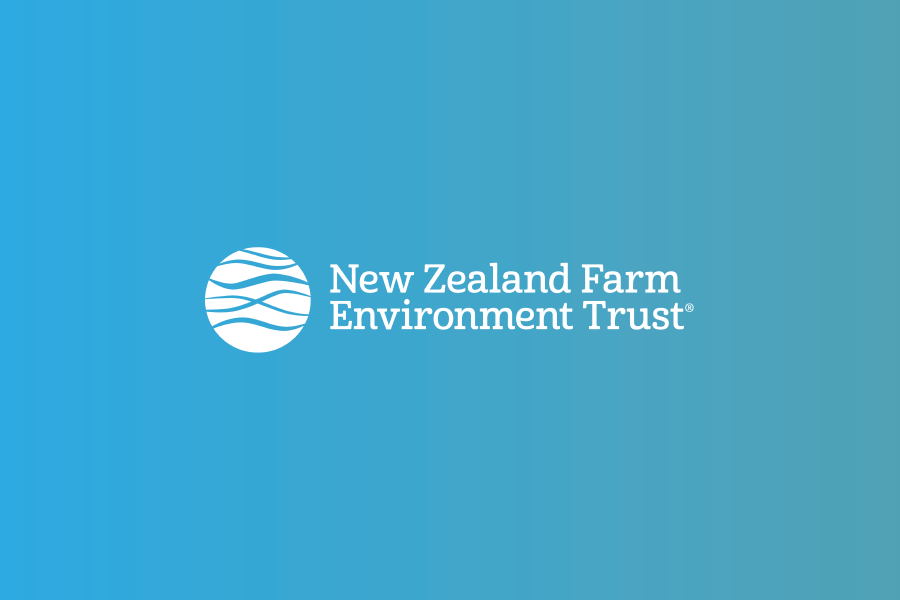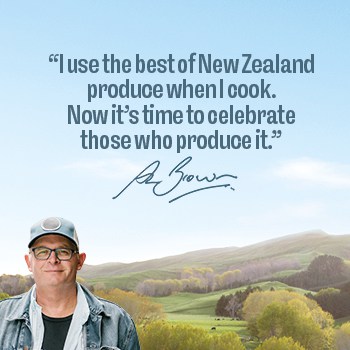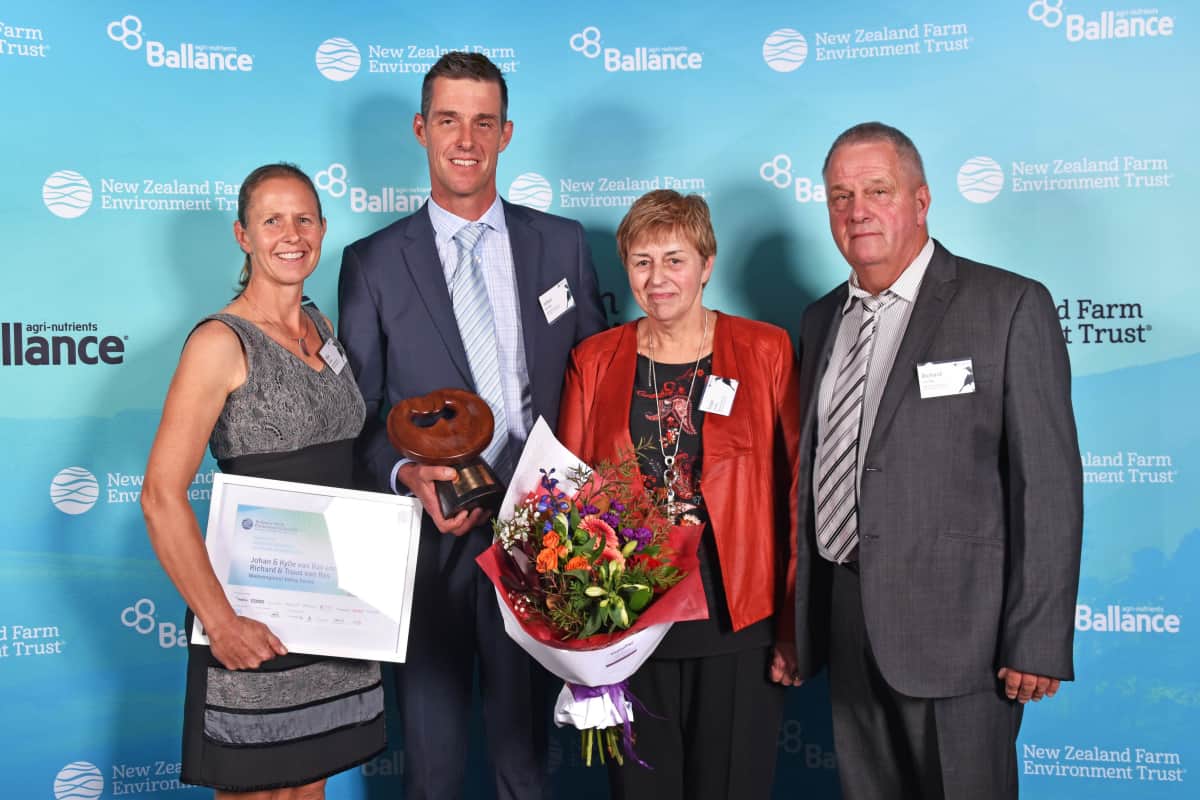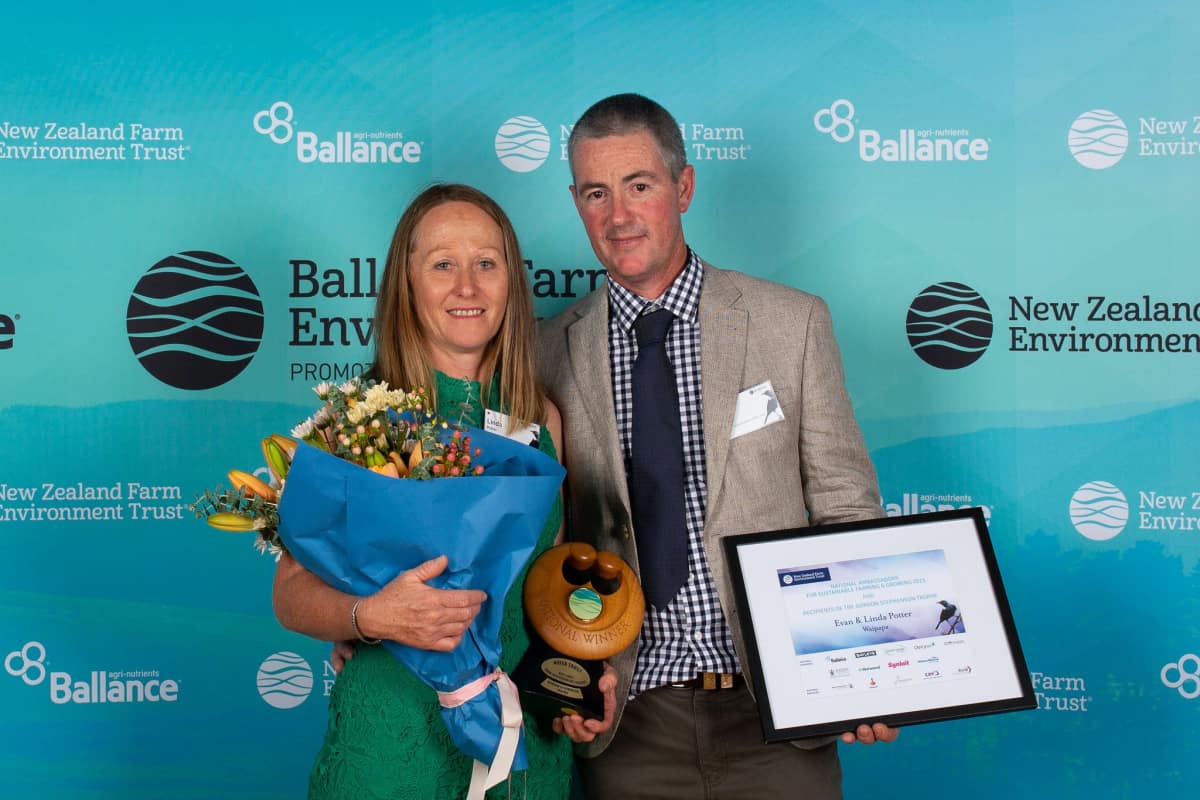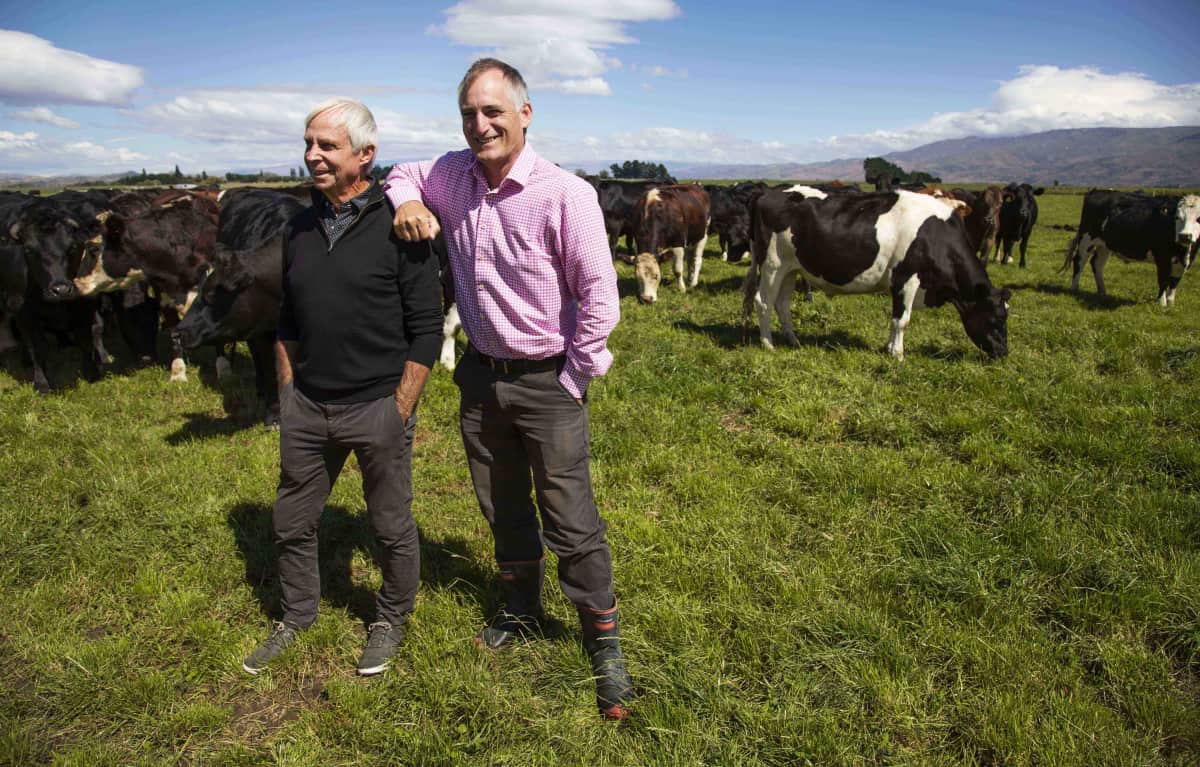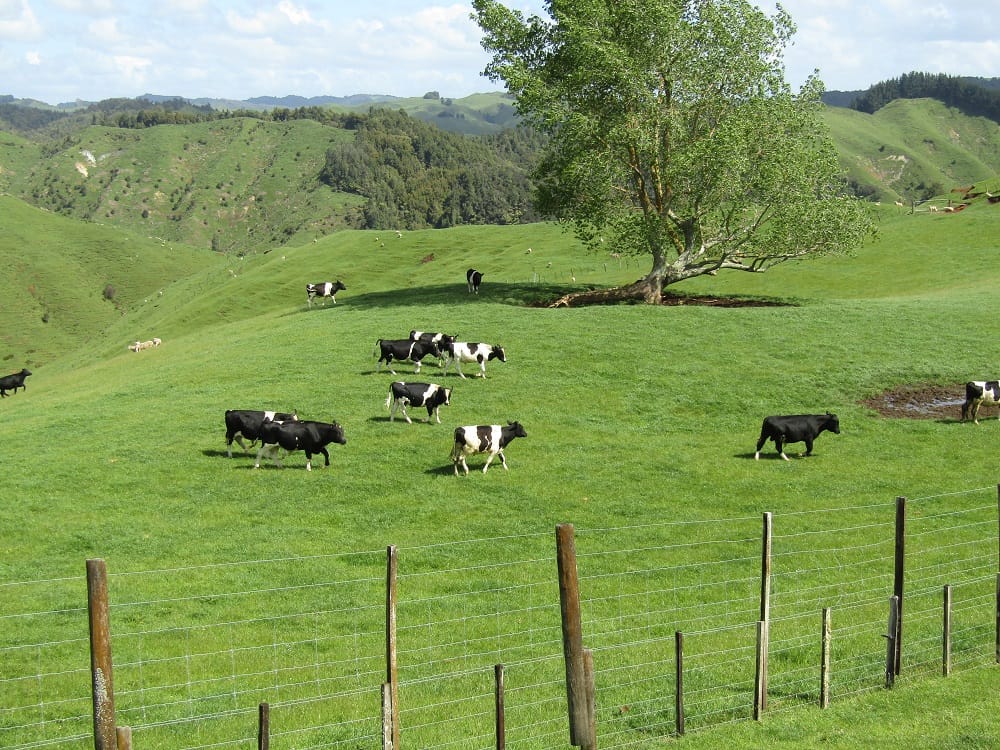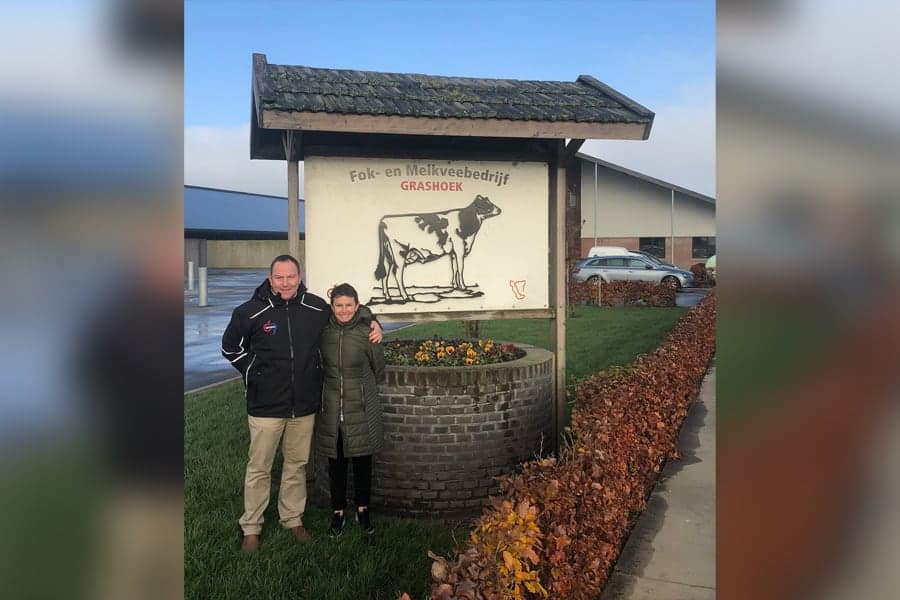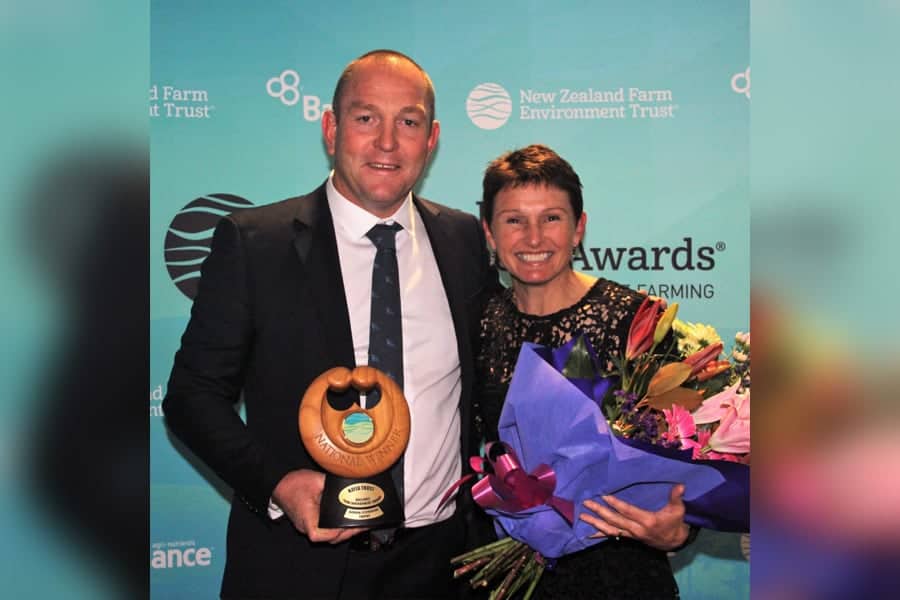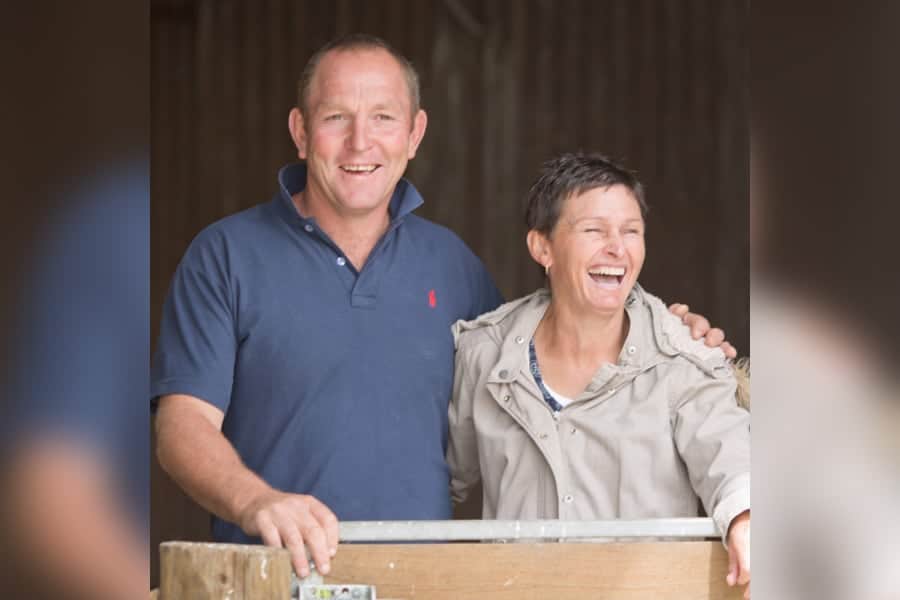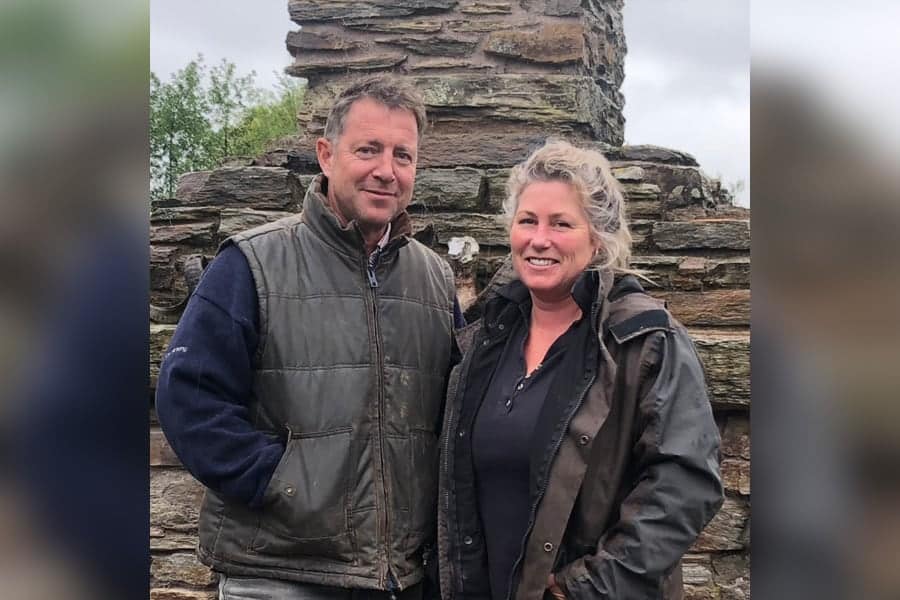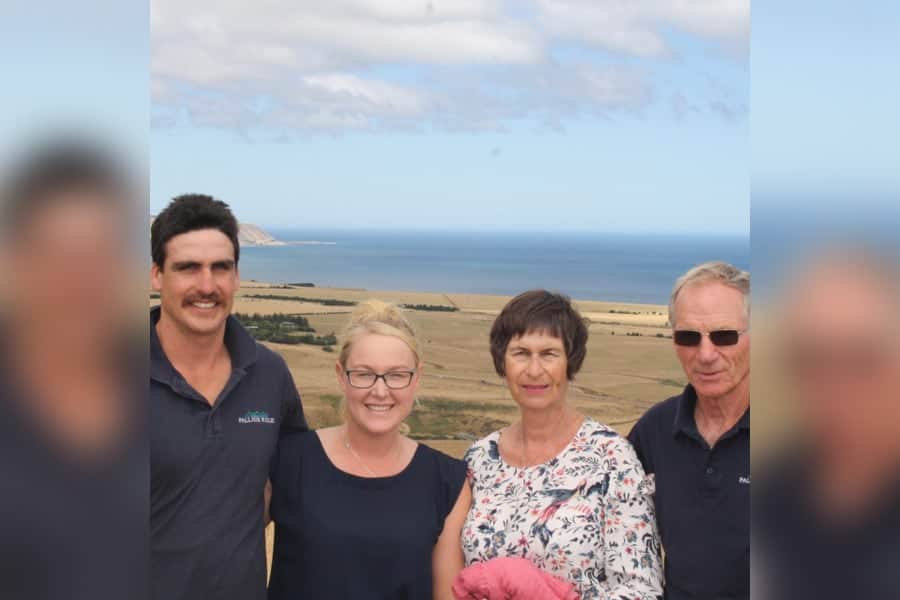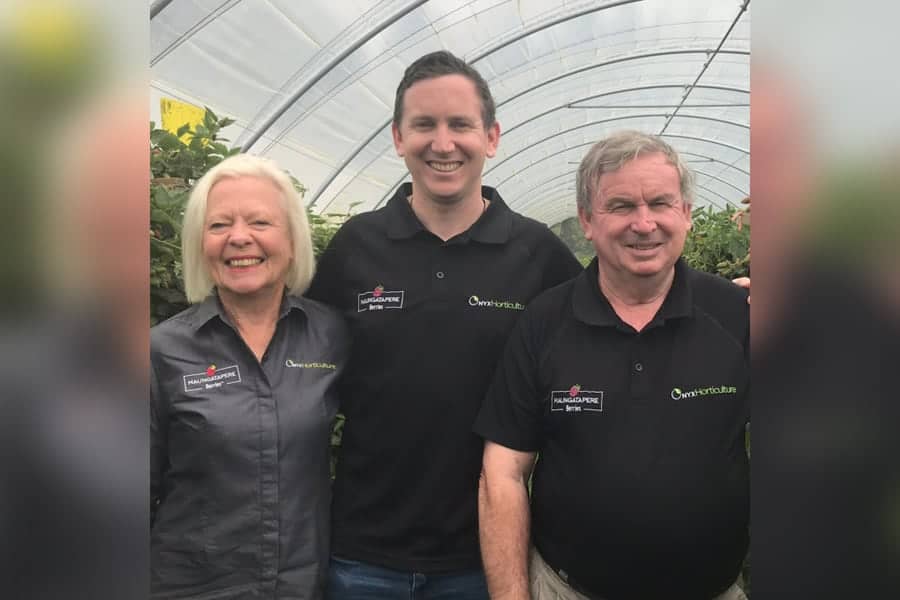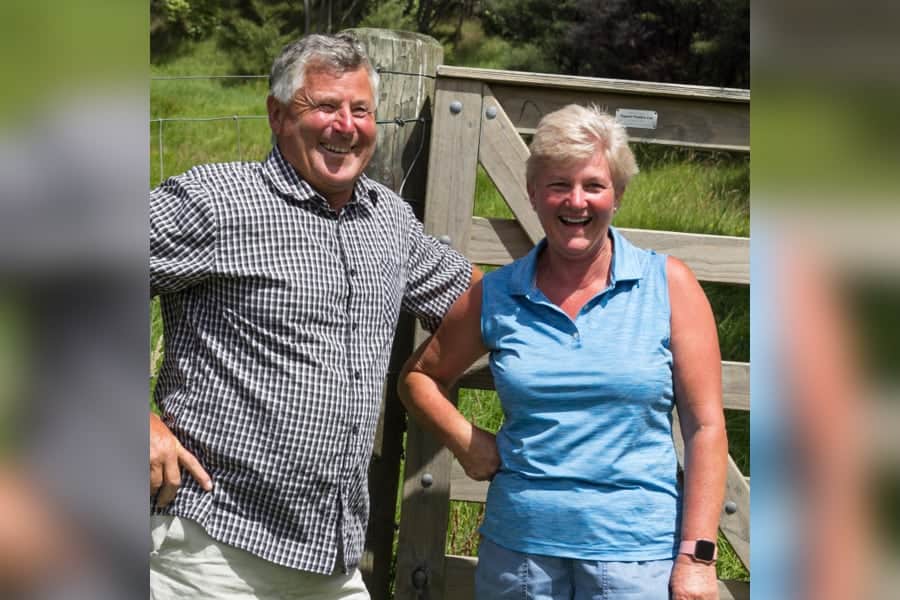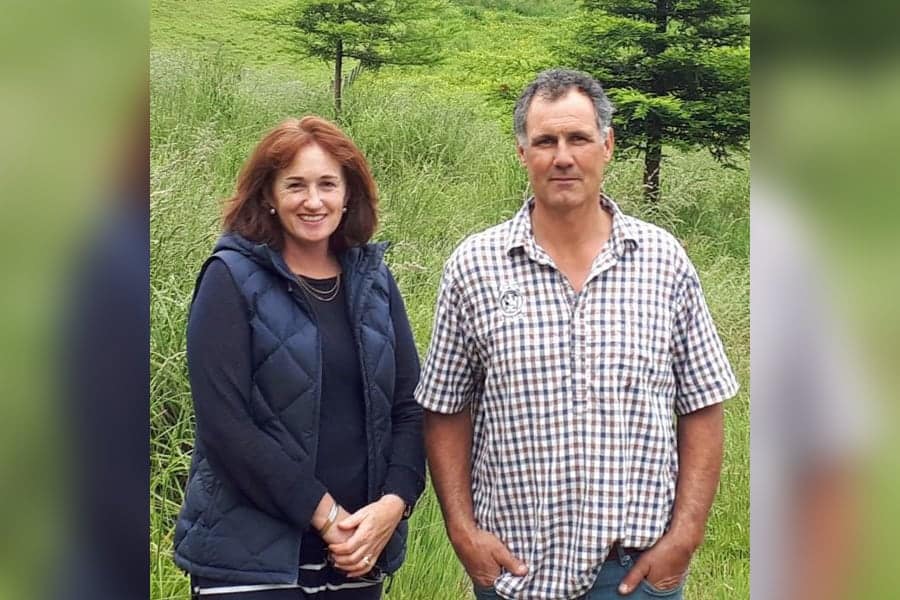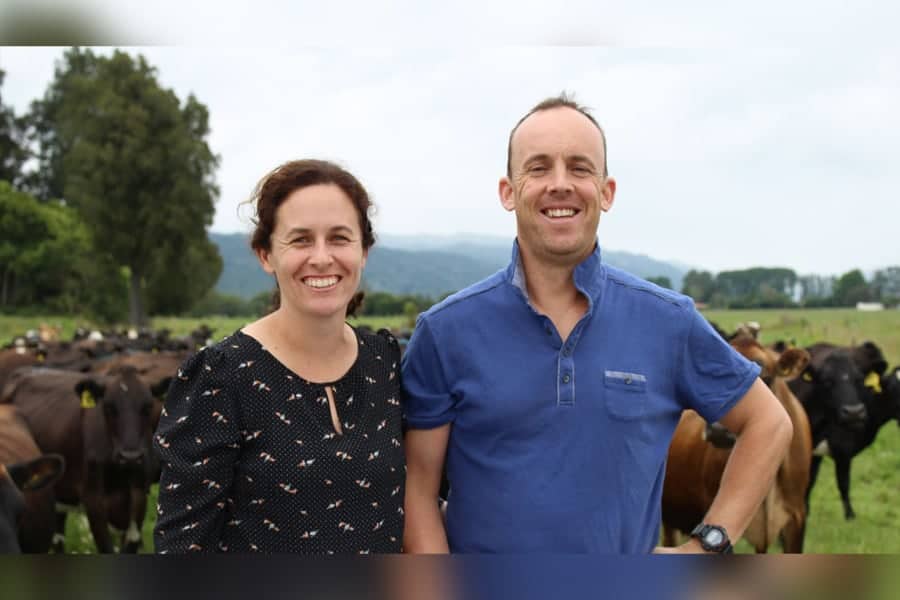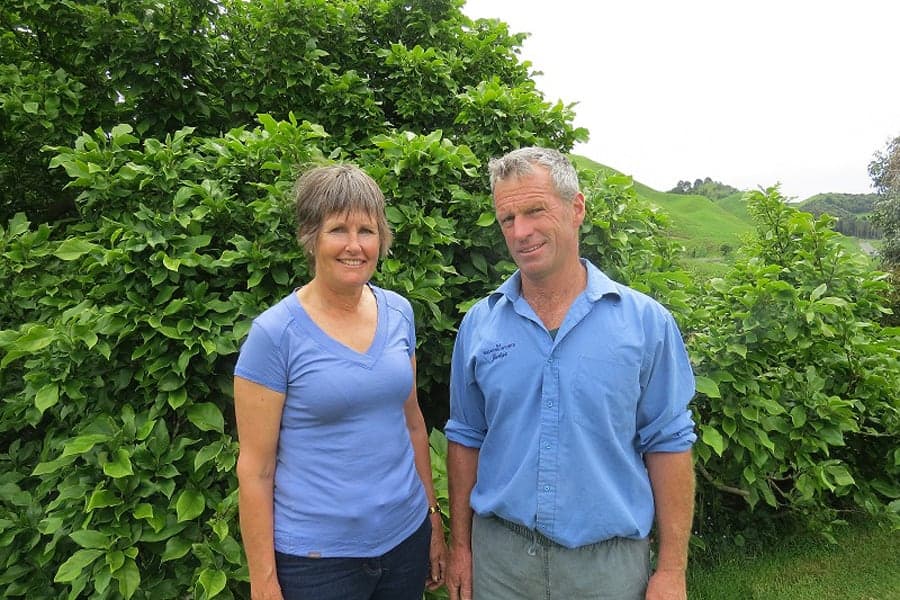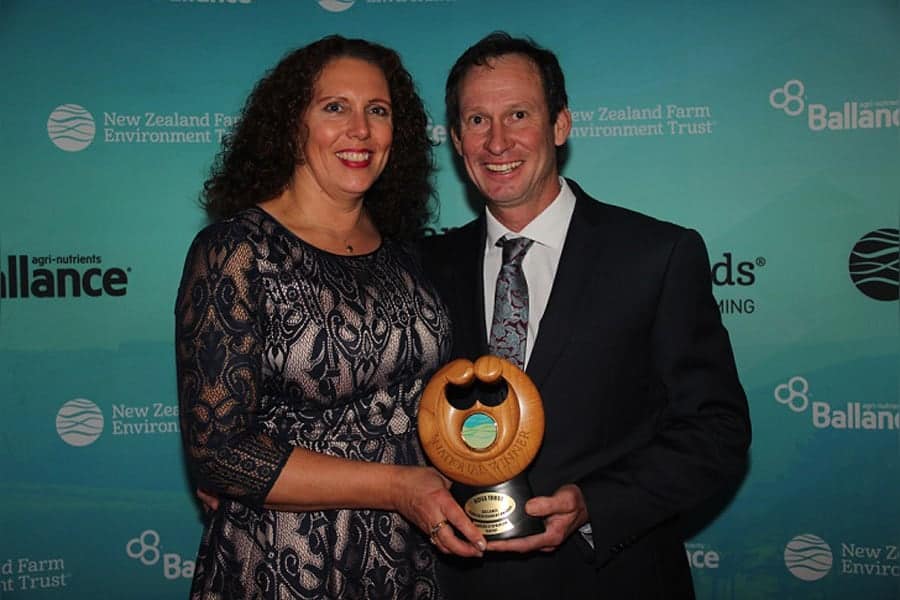Picture left to right: Clement Twomey, Mark Slee, Thomas Feeney (Dairy Gold Vice Chairman), Eilleen Twomey and Devon Slee on Clement and Eileen’s dairy farm in Ireland.
New Zealand dairy farmers shouldn’t lose sight of their competitive advantage, say farm environment ambassadors Mark and Devon Slee, who recently returned from a study tour of the Northern Hemisphere.
In late March the Canterbury dairy farmers and National Winners of the 2014 Ballance Farm Environment Awards embarked on a 25-day trip to the United Kingdom, Netherlands and Ireland, visiting a wide range of dairy farms
Mark says a key aim of the tour, which was facilitated by the New Zealand Farm Environment Trust and supported by a range of industry groups, was to study intensive dairy farming systems in Europe and to find out how farmers were using technology to improve sustainability.
He says herds were small compared with New Zealand but housing systems meant the operations were more intensive. Technology such as robotic milking is used on 17% of dairy farms in the Netherlands while in Ireland the emphasis is on outdoor pasture systems.
“Probably the most intensive business we visited was in the Netherlands where the farmer was milking 250 cows on only 13 hectares of land. These farmers rely heavily on bought-in feed and high production per cow.”
Mark says European farmers are also struggling with low milk prices, but they are protected to some extent by subsidies.
“Quota restrictions have been lifted, so farmers are now able to increase production. However in the Netherlands new regulations require dairy farmers wanting to increase cow numbers to have additional land. That’s not easy because with 17 million people living in a place that is only one-seventh the size of New Zealand, land is in short supply.”
Ireland has the potential to increase milk production, but United Kingdom production levels are unlikely to change.
Mark says the tour highlighted the exposure high-input farming operations face when the milk price falls.
While there are some advantages environmentally in housing cows over the winter months, he says New Zealand would risk damaging its competitive advantage if cows were housed all year.
“We are lucky to have a good temperate climate that is ideal for growing pasture. So we have to be careful that we don’t get locked into a high cost structure that we can’t get out of.”
Mark says marketers of New Zealand dairy products should take every opportunity to remind international consumers that New Zealand cows are grazed outside.
“Consumers want cows to be outside. We saw evidence of this in the Netherlands where milk price incentives are used to encourage famers to graze cows outside for at least six hours a day for 120 days of the year.”
The Slees will present a full report of their tour to the New Zealand Farm Environment Trust and this report will be made available on the NZFE website
